-
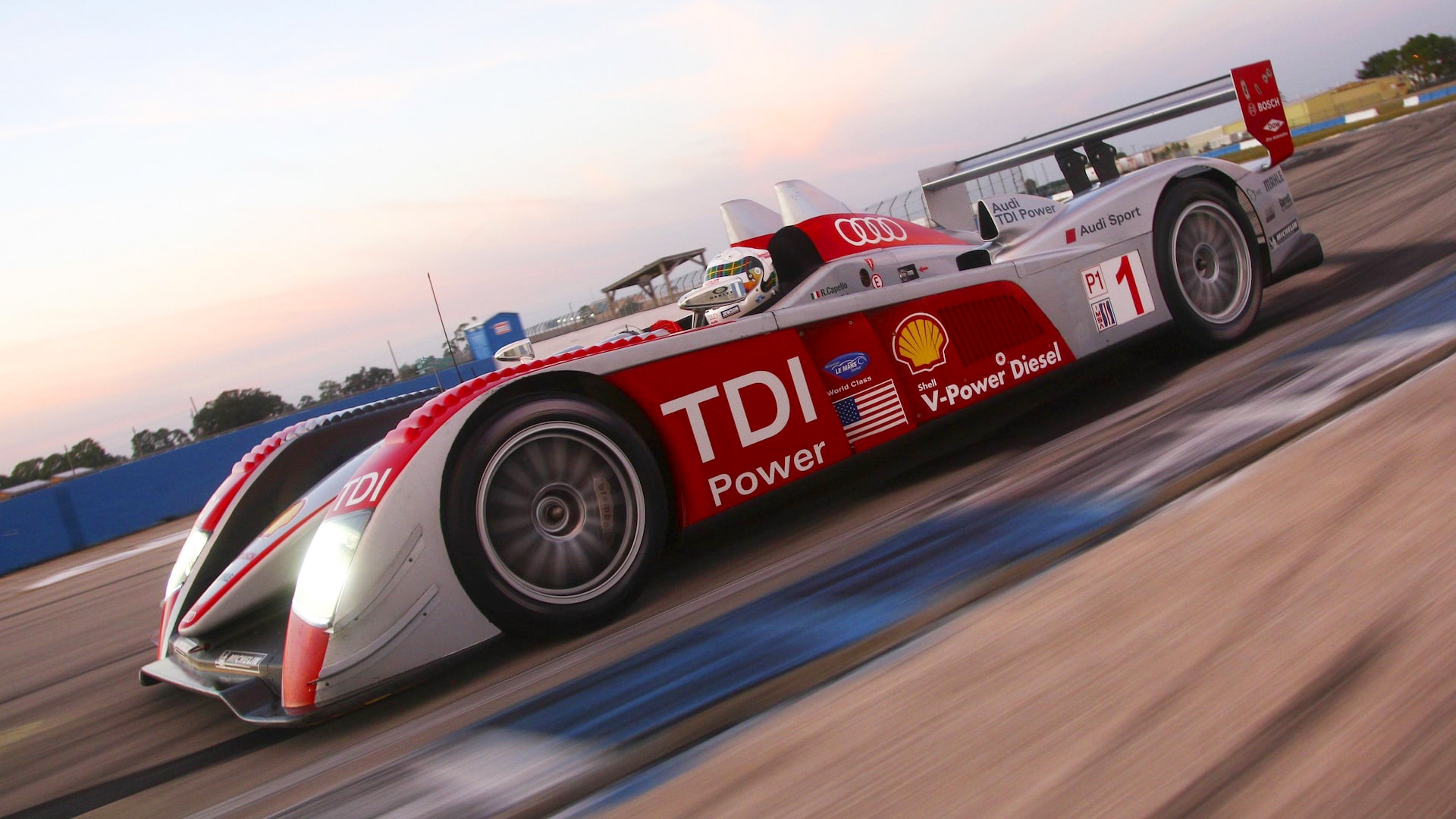
The best and worst diesels ever made
© AudiVolvo recently announced it would produce its last diesel car in early 2024. A move towards electrification has motivated the Swedish brand to move away from vehicles fuelled by the black pump.
Although the ban on petrol and diesel cars in the UK has been given a stay of execution until 2035, the number of diesel-powered models is dwindling. Blame a drop in popularity, partly triggered by the Volkswagen ‘dieselgate’ scandal.
We have looked at some of the most important diesel cars ever produced, along with those manufacturers would rather forget.
-
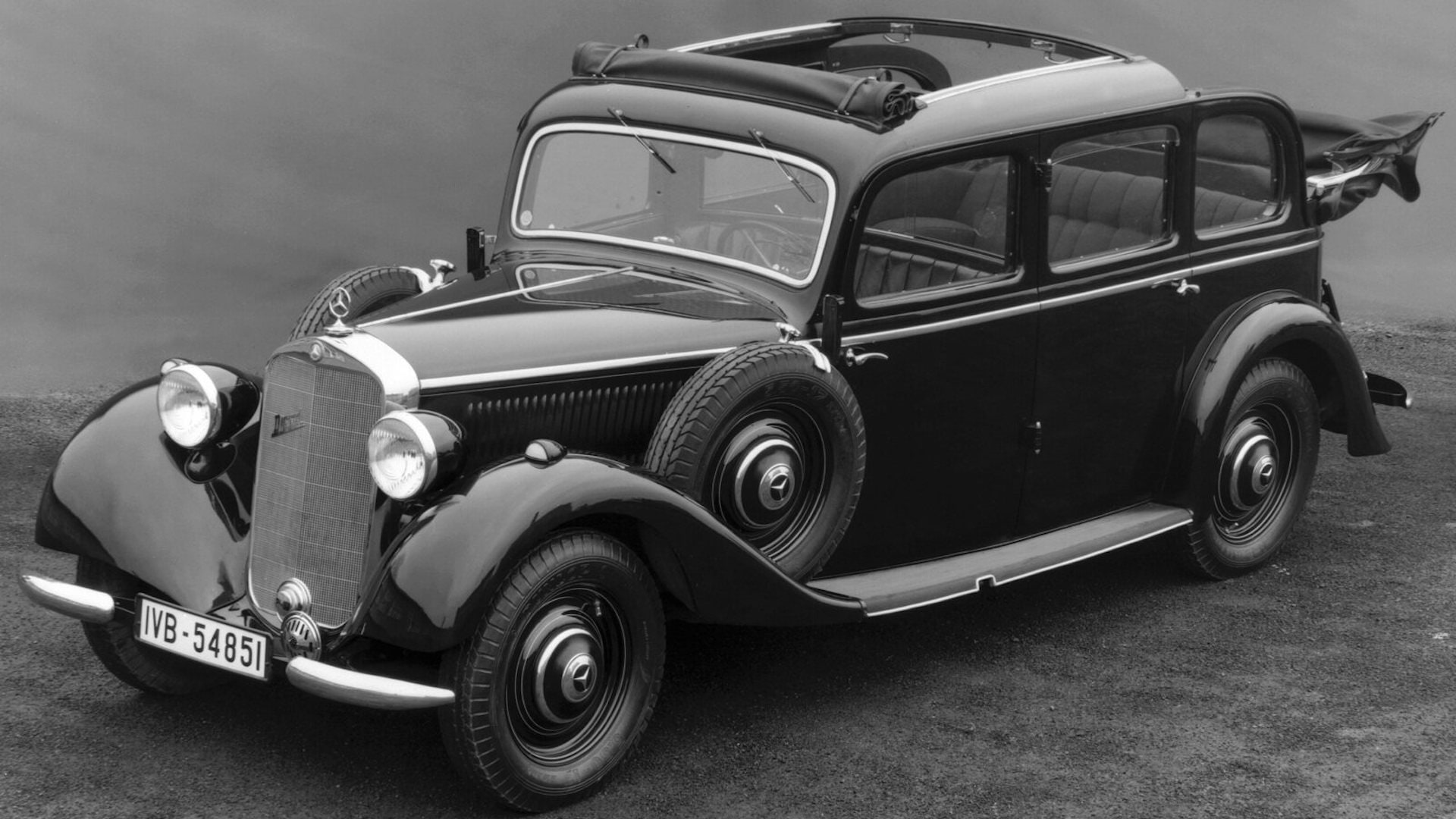
1936 Mercedes-Benz 260 D
© Mercedes-BenzDiesel power had become an option for trucks during the 1920s, but it wasn’t until the 1930s that diesel-powered cars became a reality. Citroen claimed the world’s first diesel car with the Rosalie in 1933, but Mercedes-Benz reinforced the idea of diesel as a viable option in 1936.
Mercedes had initially experimented with a six-cylinder diesel, but the 260 D was powered by a 2.5-litre four-cylinder engine. Producing 45hp, performance was leisurely, with a top speed of 56mph.
Close to 2,000 examples were built, including a number destined for use as taxi cabs.
-
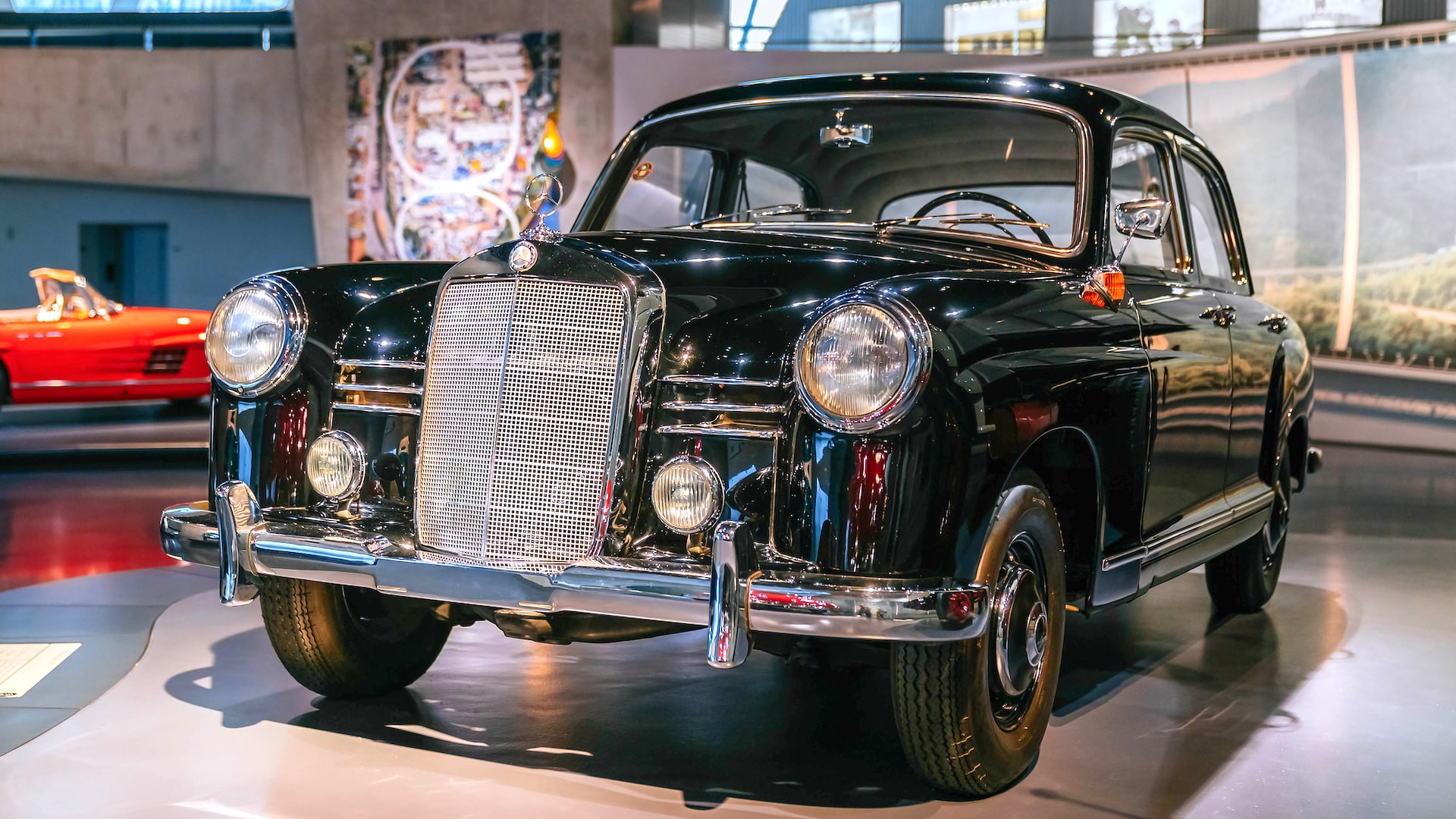
1954 Mercedes-Benz 180 D
© Mercedes-BenzFollowing the end of the Second World War, Mercedes-Benz resumed diesel car production, including the 170 DS. However, 1954 saw the launch of the new 180 D model, based upon the modern ‘Ponton’ saloon.
Its 1.8-litre four-cylinder engine proved a popular option with buyers, and almost 153,500 examples were sold between 1954 and 1962. A larger 1.9-litre diesel option joined the range in 1958, adding a further 80,000 sales.
-
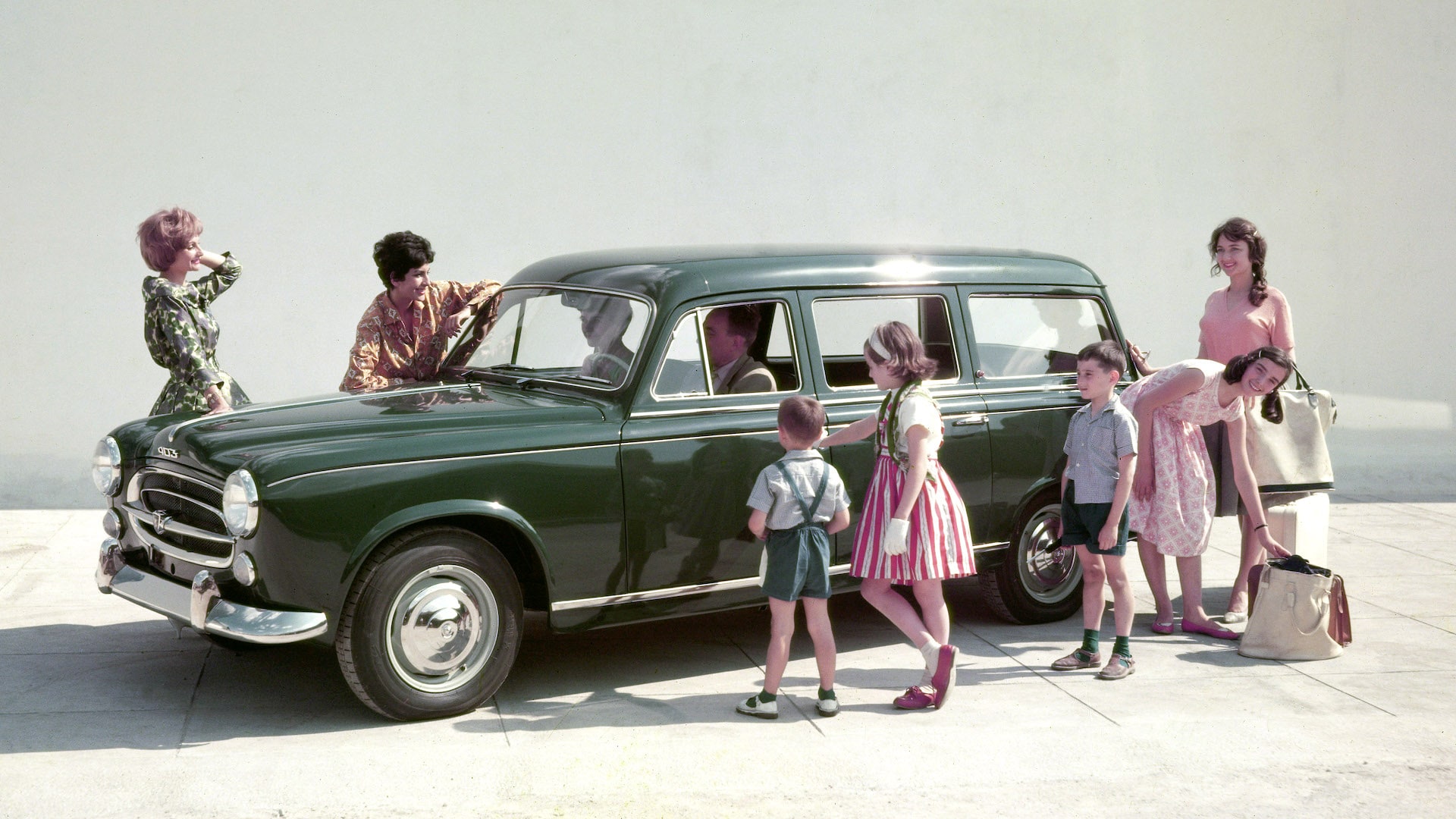
1958 Peugeot 403D Familie
© PeugeotNot to be outdone by Mercedes-Benz, Peugeot revealed a diesel-engined version of its 403 Familie estate. The same 1.8-litre motor would be added to the 403 saloon the following year.
It was the first diesel car from the French manufacturer, and helped the 403 become the first Peugeot to sell more than a million examples.
-
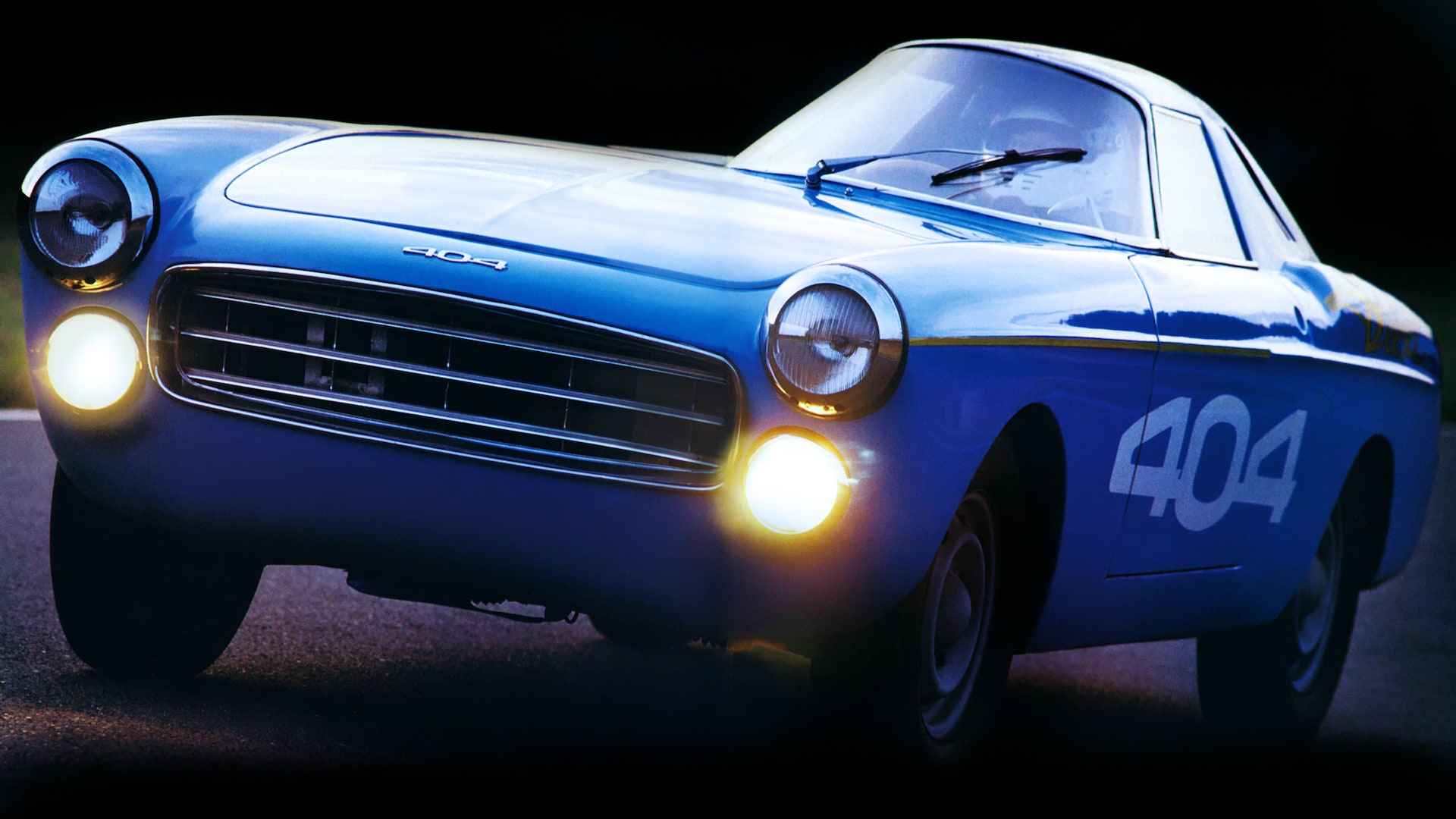
1965 Peugeot 404 Diesel Record Car
© PeugeotLaunched in 1960 as a replacement for the Peugeot 403, the new 404 model cemented the importance of diesel power to the French brand. Two diesel engines were offered during the 404’s lengthy lifespan, which saw more than 1.8 million examples built in France alone. Production continued later in Kenya and Argentina.
To demonstrate the benefits of diesel, Peugeot created an experimental version of the 404, based upon the convertible model. With a 2.0-litre diesel engine underneath its bonnet, later increased in size to 2.2 litres, the special 404 set an incredible 40 world records for speed and endurance.
This included covering 7,225 miles in just 72 hours, sustaining an average speed of more than 100mph.
-
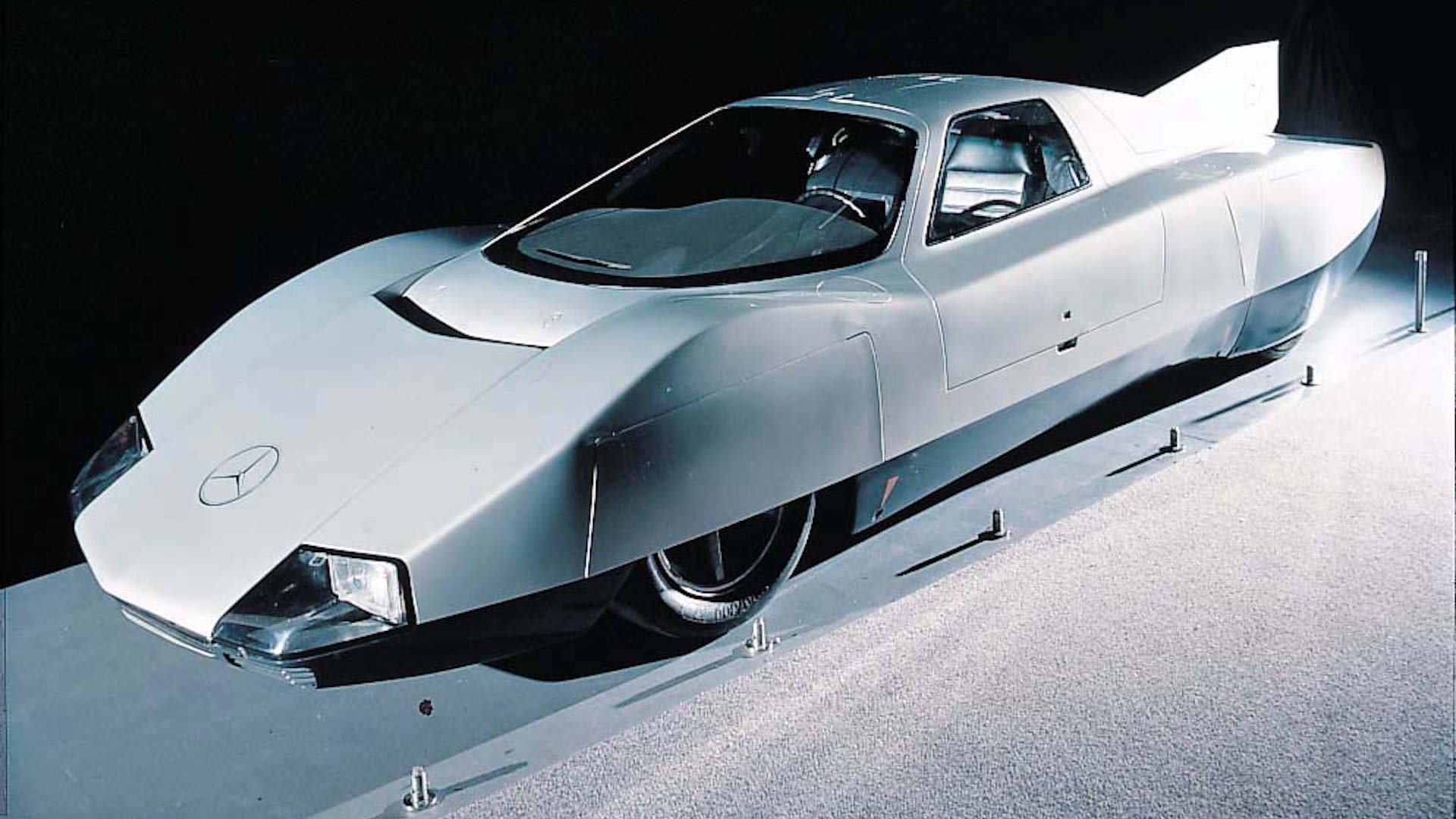
1978 Mercedes-Benz C111-III Record Car
© Mercedes-BenzThanks to the impact of the 1973 oil crisis, Mercedes-Benz began pushing the limits of diesel power throughout the 1970s. This included ditching the thirsty rotary engine used in its experimental C111, and replacing it with a new turbocharged five-cylinder diesel instead.
The OM617A engine initially produced 190hp, but was later improved to deliver a considerable 230hp. Placed inside the dramatically lengthened and streamlined bodywork of the C111-III, it resulted in a top speed of 203mph.
Mercedes-Benz broke nine speed and endurance records with the diesel C111-III, with an average speed of 200.1mph over a 311-mile distance being perhaps the most impressive.
-
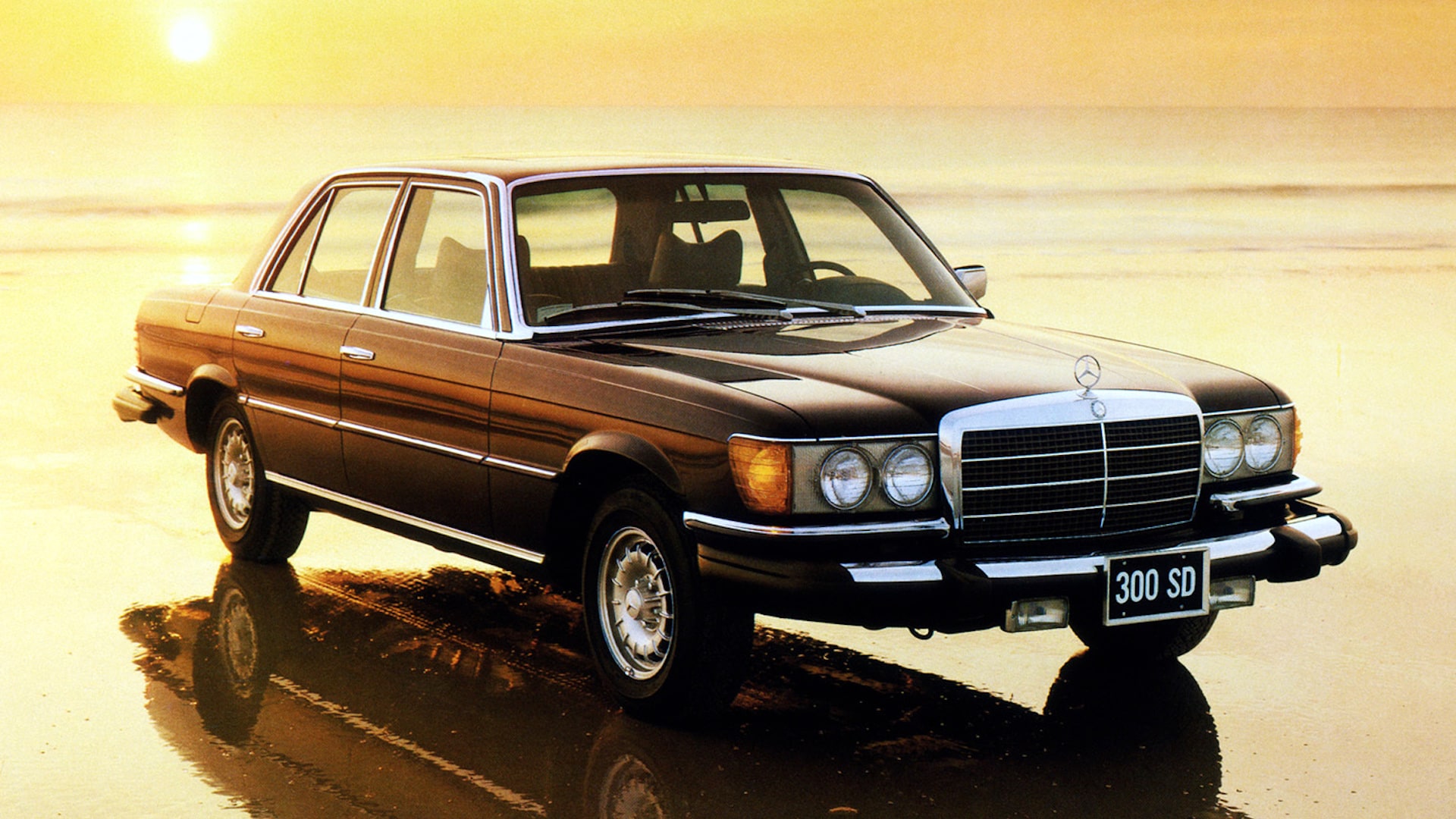
1978 Mercedes-Benz 300 SD
© Mercedes-BenzThe development of the OM617A engine in the C111-III had a direct impact on the W116-generation S-Class, which was launched in 1972.
In 1978, Mercedes-Benz added the five-cylinder engine to the S-Class, creating the 300SD. It became the world’s first production turbodiesel road car and, notably, was sold solely in the North American market.
Power was a modest 111hp at first, later increased to 121hp, but the engine’s extreme dependability would become its biggest selling point. Capable of covering huge mileages, the 300SD would boost the German marque’s popularity in the USA.
-
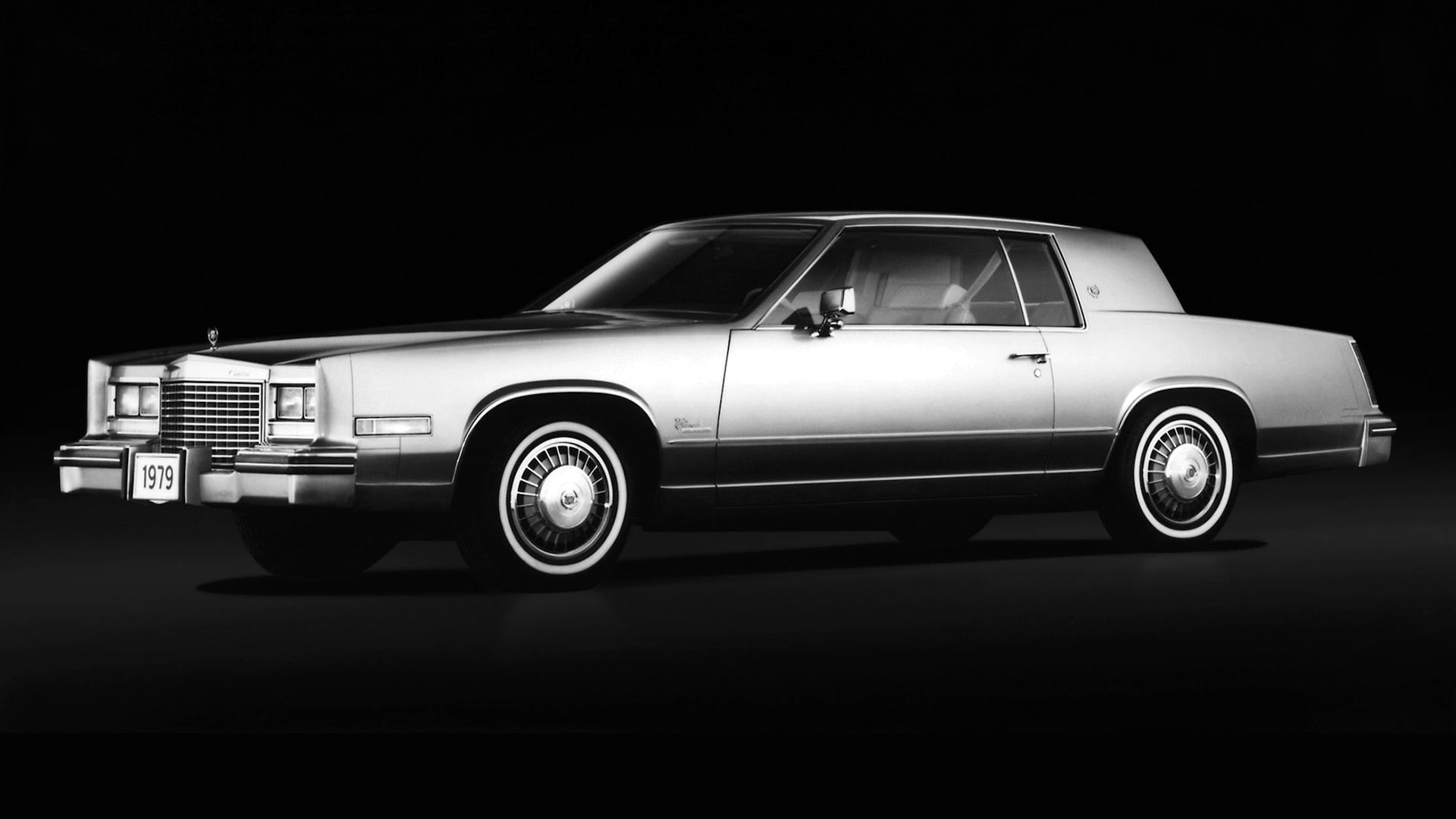
1979 Cadillac Eldorado Diesel
© CadillacWhile the Mercedes-Benz 300SD demonstrated to American buyers just how good a diesel engine could be, General Motors was proving the opposite. The Oldsmobile 350-cubic-inch diesel V8 is arguably one of the biggest motoring disasters, ruining the reputation of diesel engines for decades in North America.
Quickly converted from a petrol-powered V8, the diesel came with a number of inherent engineering flaws. Head gasket leaks were a common occurrence due to stretched head bolts, and resulted in engine failure. The problem became so widespread that a class action lawsuit led to General Motors paying up to 80 percent of the cost of replacement engines.
The Oldsmobile diesel engine would be used in a variety of different vehicles, including the Cadillac Eldorado. Producing 106hp, it gave the big Cadillac a 0-60mph time of more than 17 seconds.
-
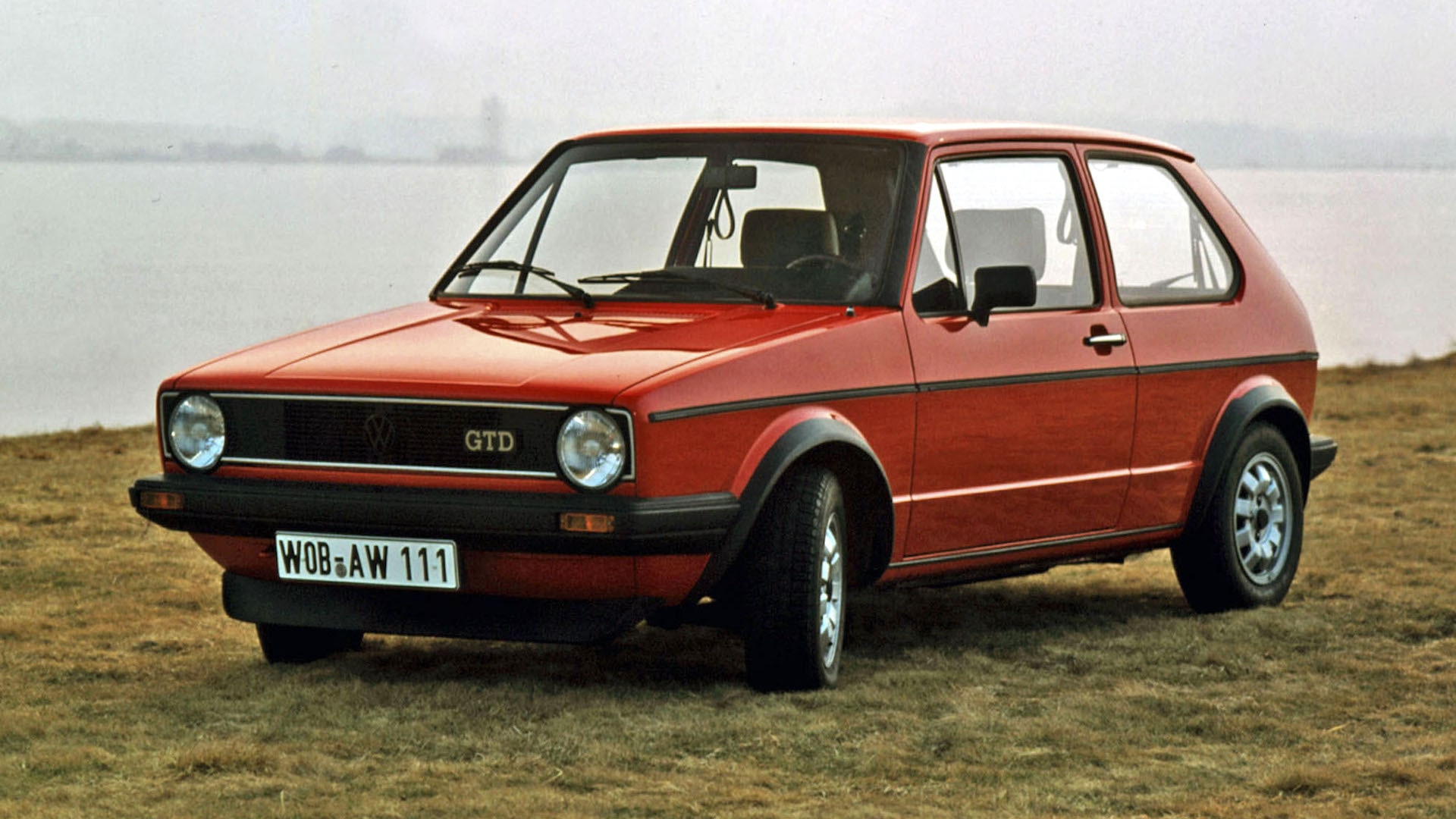
1982 Volkswagen Golf GTD
© VWAcross the Atlantic, diesel engines had gained mainstream popularity, also aided by the oil crises of the 1970s. Joining the burgeoning hatchback market, Volkswagen had produced the diesel Golf D in 1976.
For 1982, Volkswagen added the Golf GTD to its range, powered by a turbocharged 1.6-litre four-cylinder engine. An output of 70hp and 96lb ft were down on the equivalent Golf GTI, with a 0-62mph time of more than 13 seconds.
However, the Golf GTD demonstrated that buyers could have sporty looks, reasonable performance and the benefit of diesel economy.
-
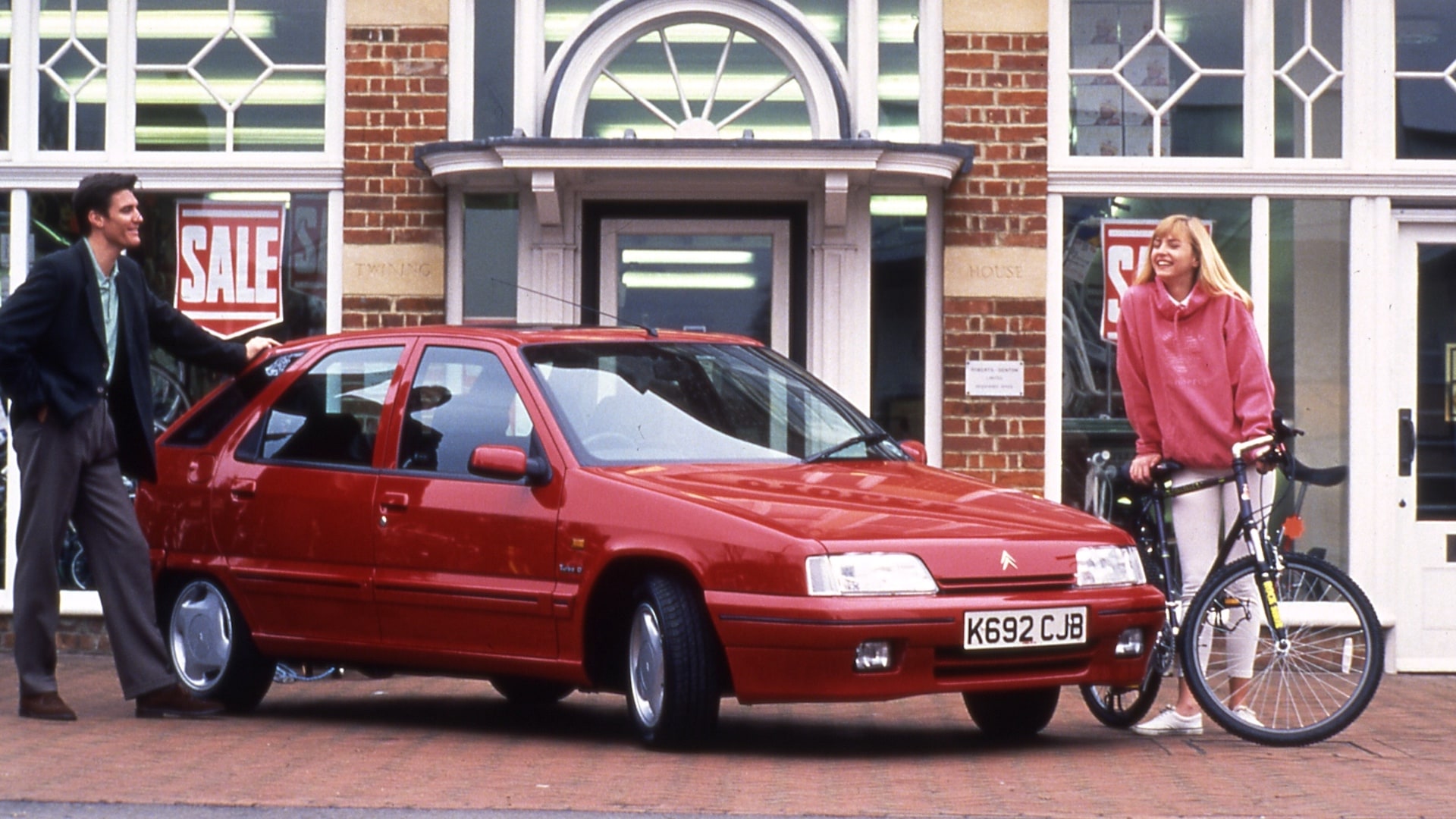
1993 Citroen ZX Volcane TD
© CitroenVolkswagen persisted with the performance diesel hatchback, and other manufacturers experimented with the genre throughout the 1990s.
Intended as the hot hatch model in the Citroen ZX range, the Volcane initially came with a 1.9-litre 130hp petrol engine when launched in 1991. The addition of a turbodiesel variant in 1993 was something of a surprise.
The ZX Volcane TD had a more modest 90hp, with 0-62mph taking 10.5 seconds. However, it was cheaper to buy than the petrol version, looked the same, and could average over 40mpg.
-
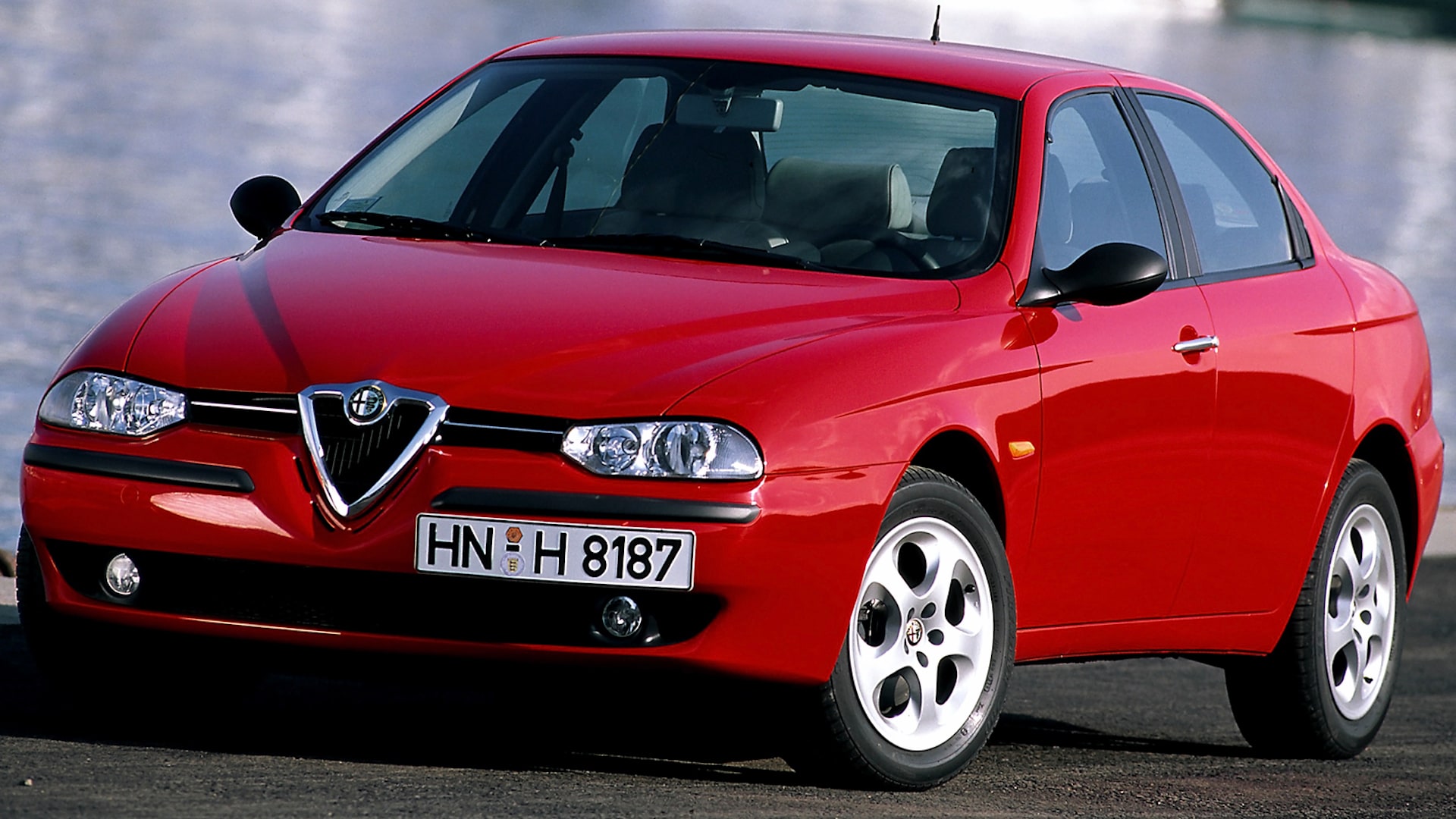
1997 Alfa Romeo 156 2.4 JTD
© Alfa RomeoCommon rail diesel engine technology had first been developed in the 1910s, but it took until 1997 for the high-pressure injection system to be used in a road car. Alfa Romeo was first to make use of it, on the 2.4-litre JTD engine fitted to the 156 saloon in 1997.
The 2.5-litre petrol V6 may have been the engine everyone wanted in the Alfa 156, but the 2.4 JTD was not simply a poor compromise to keep fleet managers happy. The turbocharged five-cylinder diesel initially offered 136hp and 229lb ft of torque, enough for a 0-62mph time of 9.5 seconds.
Later updates to the 156 saw the 2.4 diesel engine enhanced to deliver 175hp and 284lb ft.
-
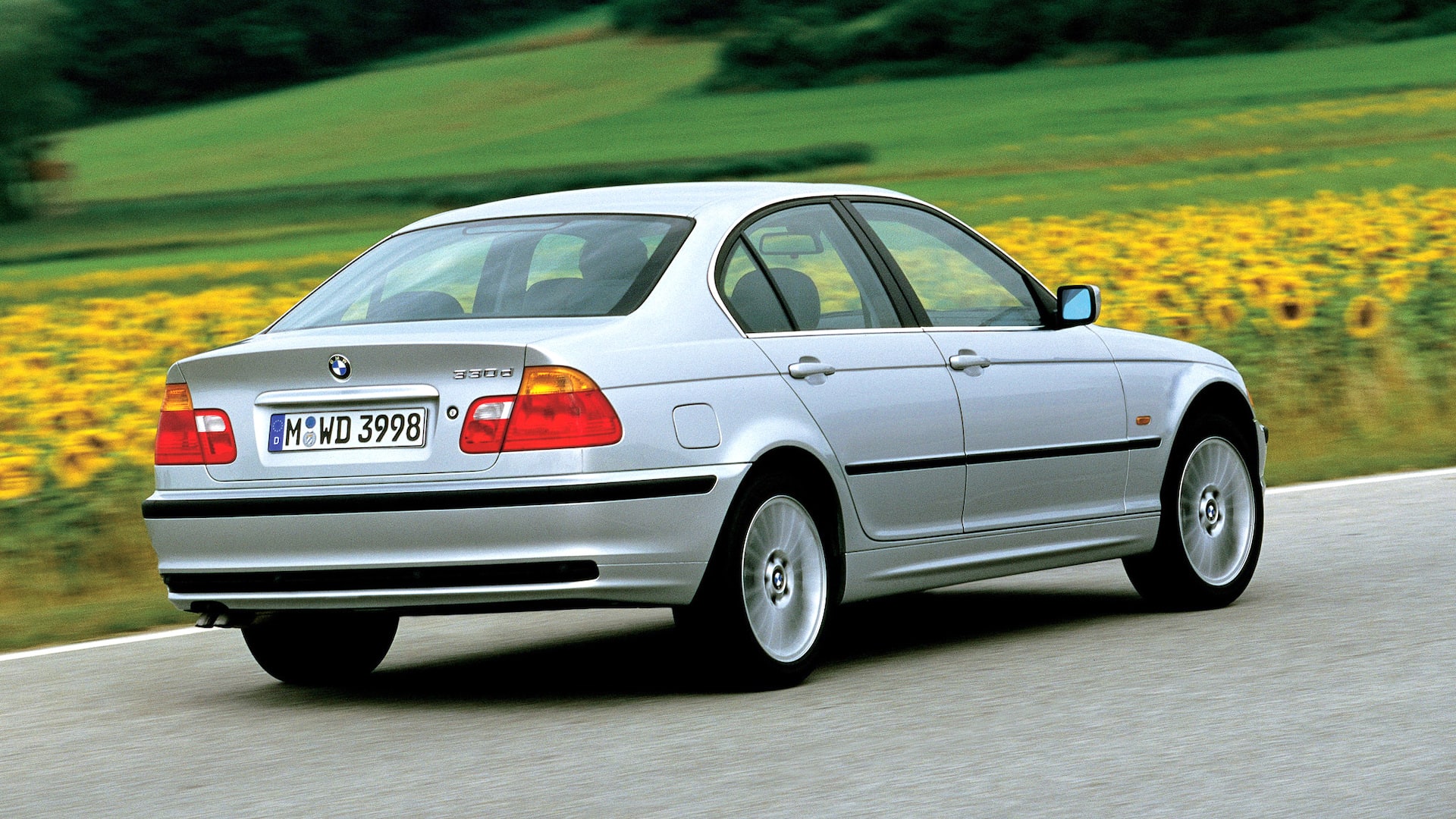
1999 BMW 330d
© BMWAs impressive as the Alfa Romeo 156 was, there is no denying the E46-generation BMW 3 Series was the diesel champion of the office car park at the turn of the century. With company car tax policies pushing fleet drivers towards diesel power, the 3 Series became the archetypal executive diesel.
Initially sold in 320d guise, with a 136hp turbocharged 2.0-litre four-cylinder engine, BMW took things up a level in 1999. Fitted with the larger 2.9-litre six-cylinder turbodiesel from the 5 Series, the 330d became a true performance option.
A combination of 184hp and 288lb ft of torque led to a 0-62mph time of 7.6 seconds, along with a top speed of 141mph. Yet, on the flipside, 40mpg was achievable. Later diesel executive saloons came with more power, but the 330d captured the imagination.
-
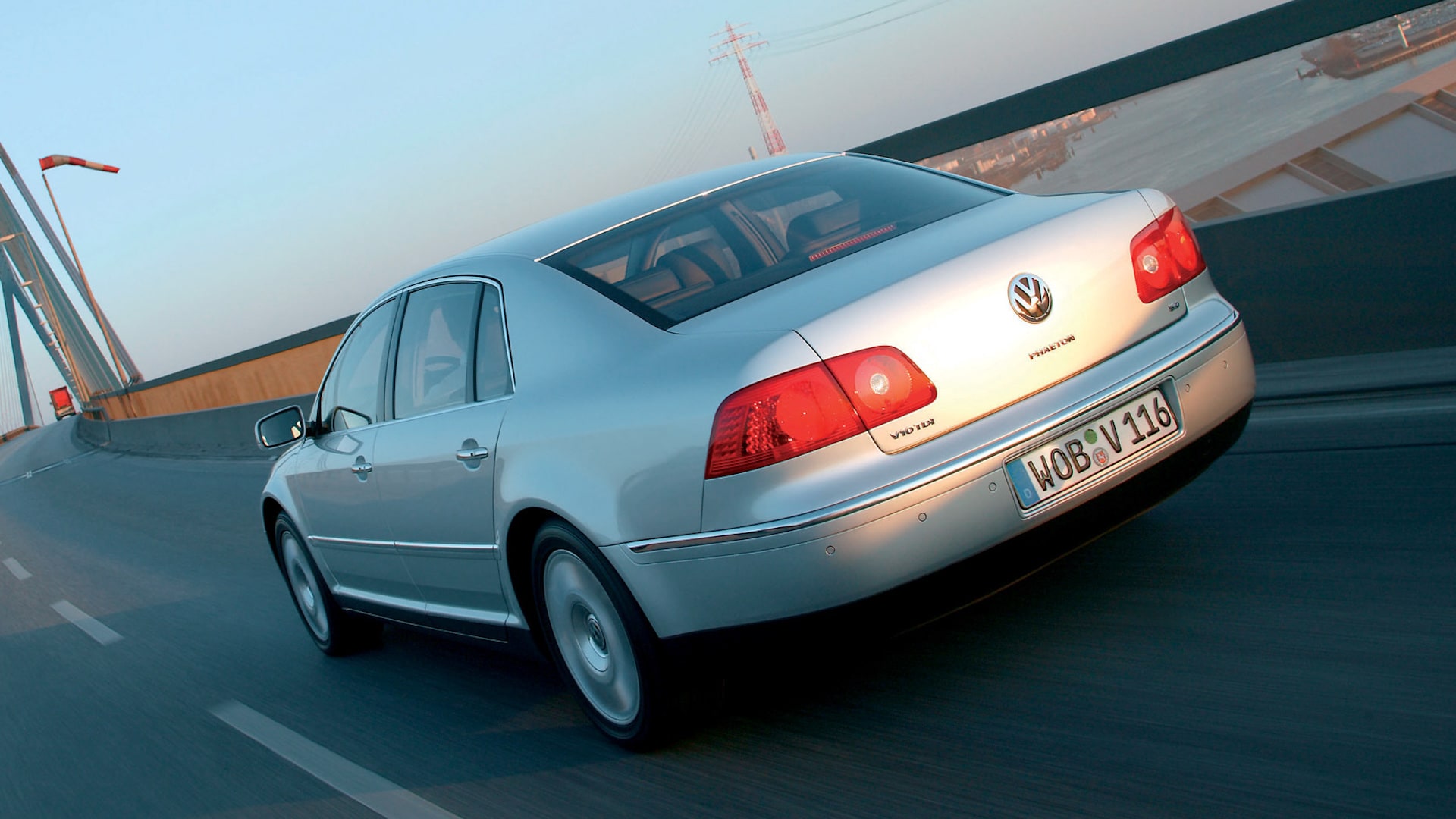
2003 Volkswagen Phaeton V10 TDI
© VWVolkswagen had fully embraced diesel power by the early 2000s, with the audacious Phaeton V10 TDI luxury saloon the perfect embodiment of the derv craze. Part of a bold plan to push the marque into premium territory, the Phaeton existed as Volkswagen’s new flagship.
Such an important car needed a special diesel engine: a 5.0-litre turbocharged V10. With an output of 313hp and a huge 553lb ft of torque, the V10 TDI could propel the 2,500kg Phaeton to 62mph in 6.3 seconds.
An average fuel economy of 24mpg made marginally more sense than the 19mpg offered by the 6.0-litre W12 petrol Phaeton.
-
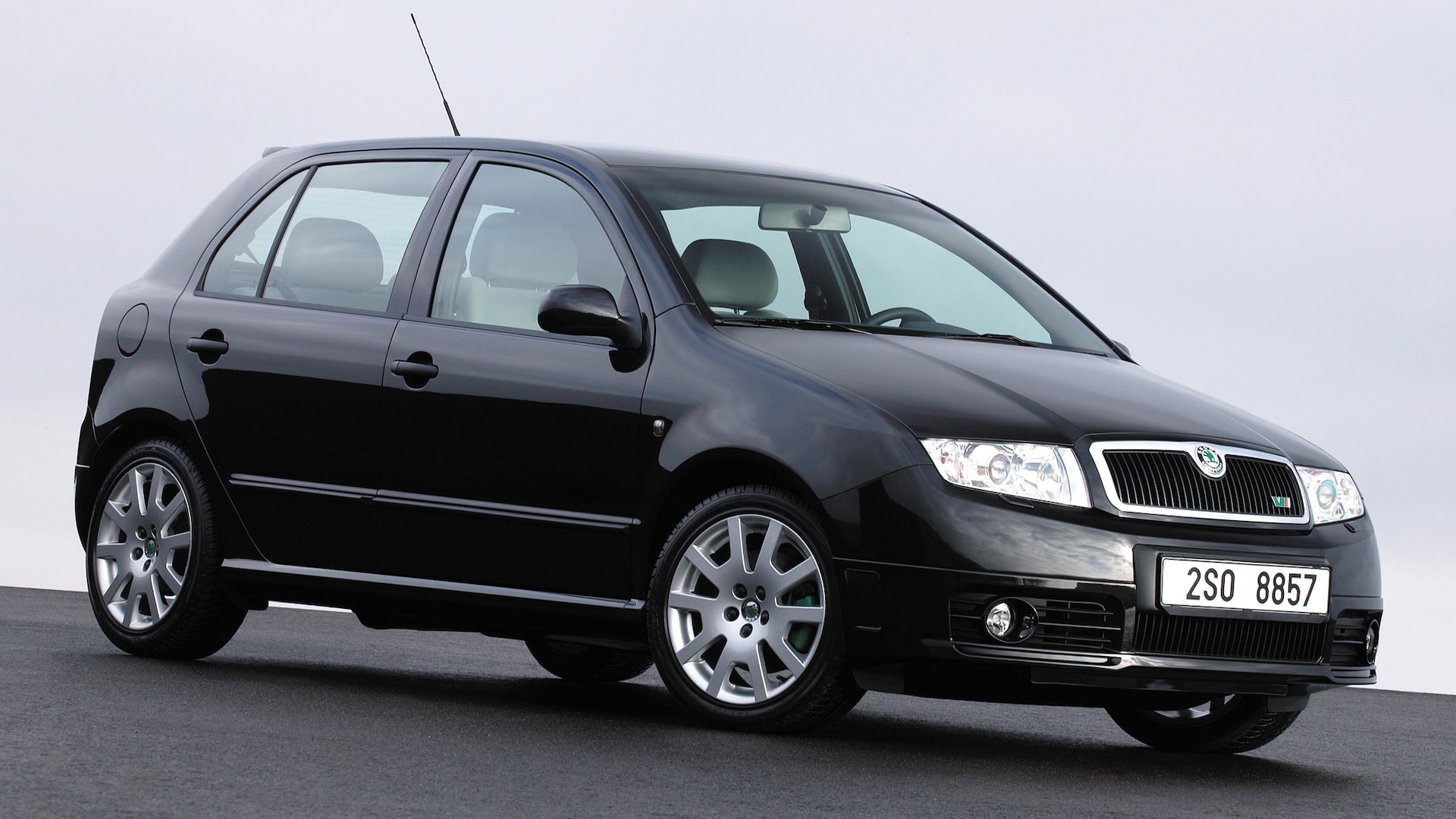
2003 Skoda Fabia vRS
© SkodaThe mainstay of the Volkswagen Group’s diesel offensive in the late 1990s and early 2000s was the 1.9-litre four-cylinder TDI engine. Found in everything from the Audi A3 to the Skoda Superb and Volkswagen Sharan, it blended performance, economy and reliability.
Proving just how important the 1.9 TDI had become, the first-generation Skoda Fabia vRS was sold solely as a diesel-powered hot hatch. An output of 130hp and 229lb ft of torque was combined with a six-speed manual gearbox, resulting in sports car-esque in-gear acceleration.
The combination of affordable running costs and an entertaining driving experience made it a winner. Provided you could live with the diesel clatter, that is.
-
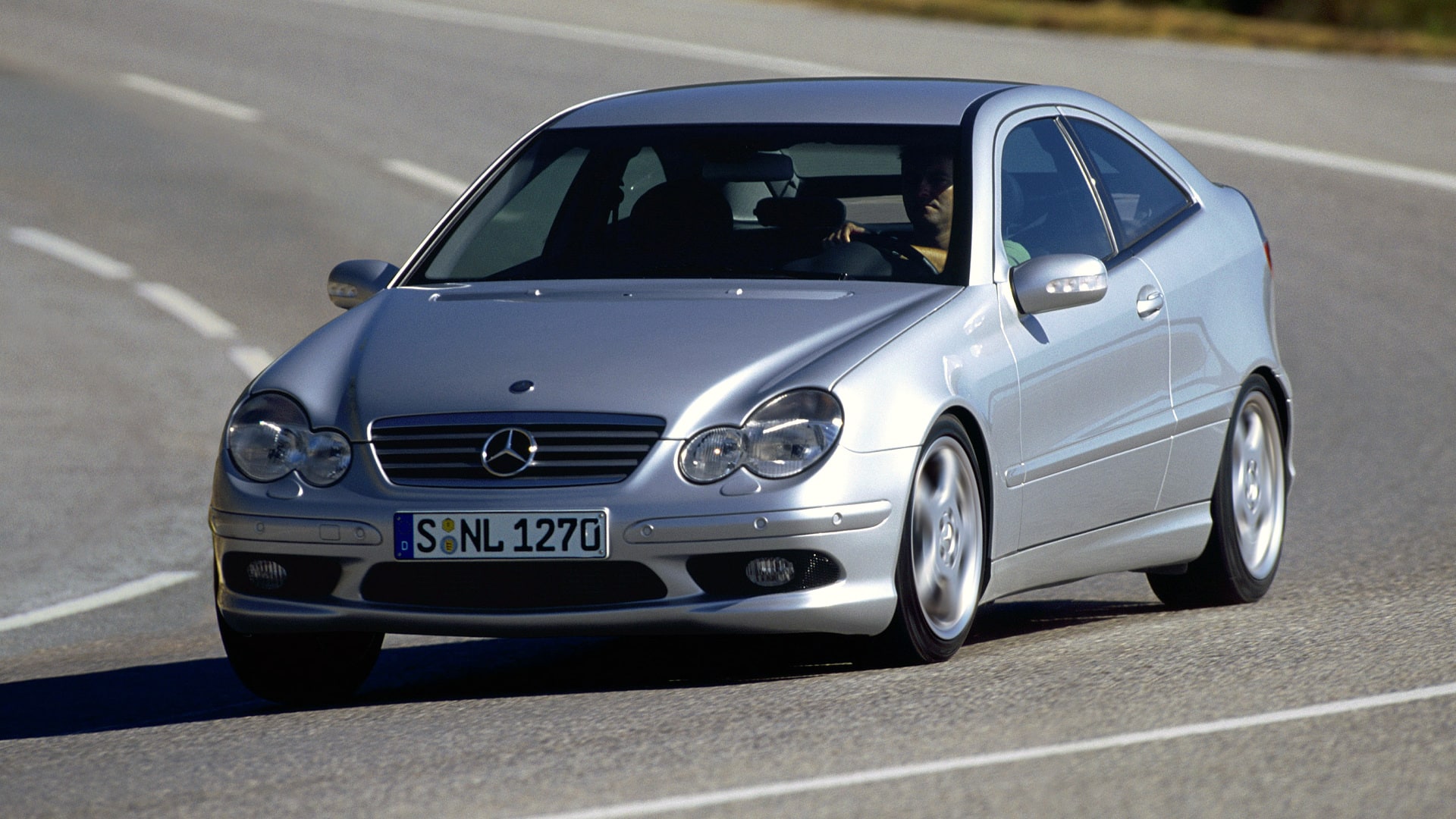
2003 Mercedes-Benz C 30 CDI AMG
© Mercedes-BenzNot even the most sacred of ideas was safe from diesel power in the early 2000s. The combination of performance and economy was enough to tempt even Mercedes-Benz to create a diesel AMG model.
Based upon the petrol-powered C 32 AMG, the supercharged V6 was ditched and replaced with a 3.0-litre five-cylinder turbocharged diesel. AMG’s engineers worked hard to give it a considerable 231hp and 398lb ft of torque, but a 0-62mph time of 6.8 seconds hardly set the world alight.
With a high list price, not even the promise of 37mpg could stop the C 30 CDI AMG from being a slow-seller. AMG’s only performance diesel was dropped after two years.
-
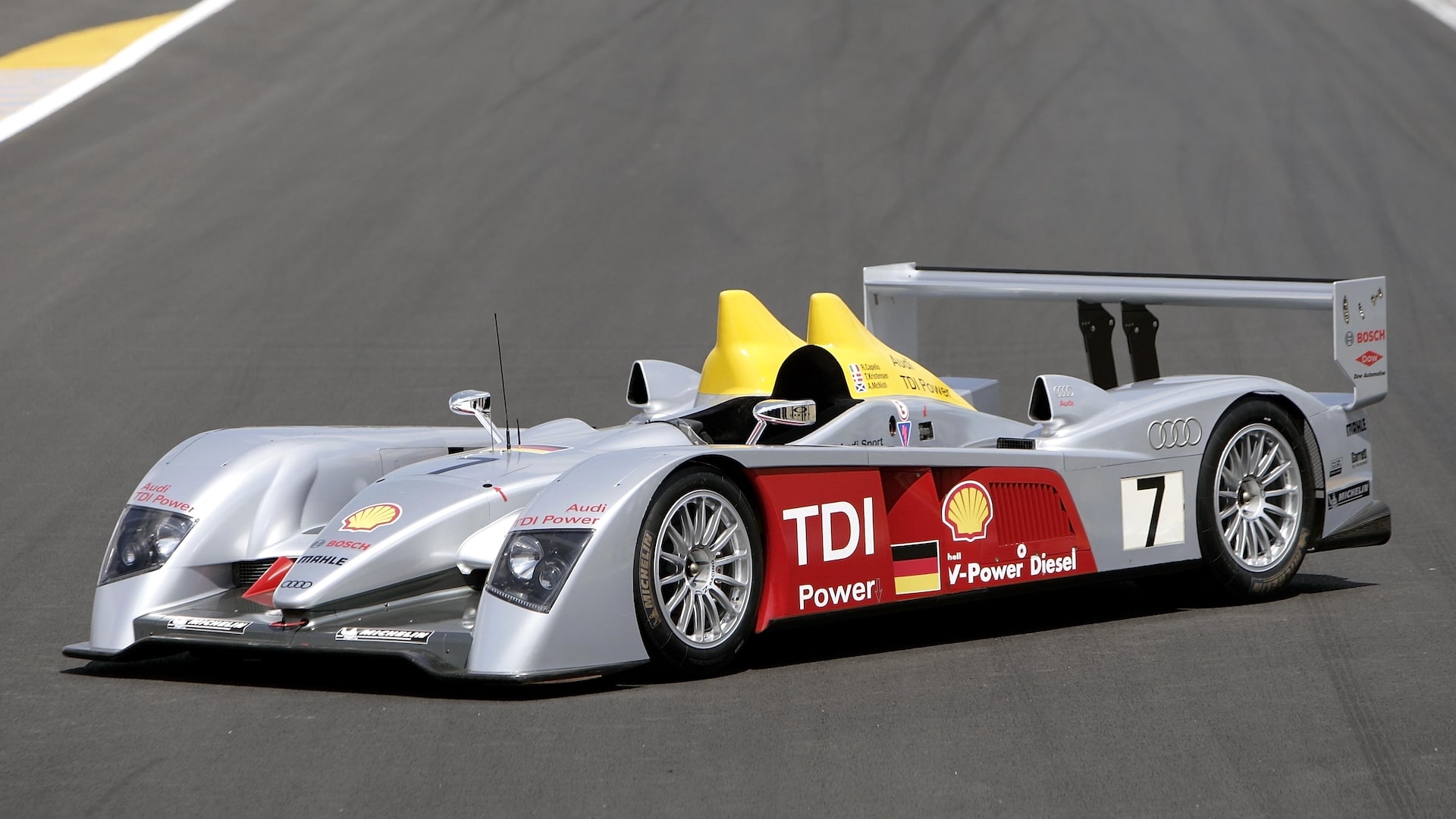
2006 Audi R10 TDI LMP
© AudiAudi had dominated the 24 Hours of Le Mans with its petrol R8 LMP race car, but rule changes and market trends pushed the German manufacturer towards diesel instead.
Enter the R10 TDI in 2006, with a 5.5-litre turbocharged V12 diesel engine that delivered 650hp and 811lb ft of torque. Audi’s expertise would see the R10 win the 24 Hours of Le Mans at its first attempt, becoming the inaugural diesel winner of the French endurance classic.
The R10 TDI won twice more at Le Mans, along with claiming success in the American Le Mans series three times in a row.
-
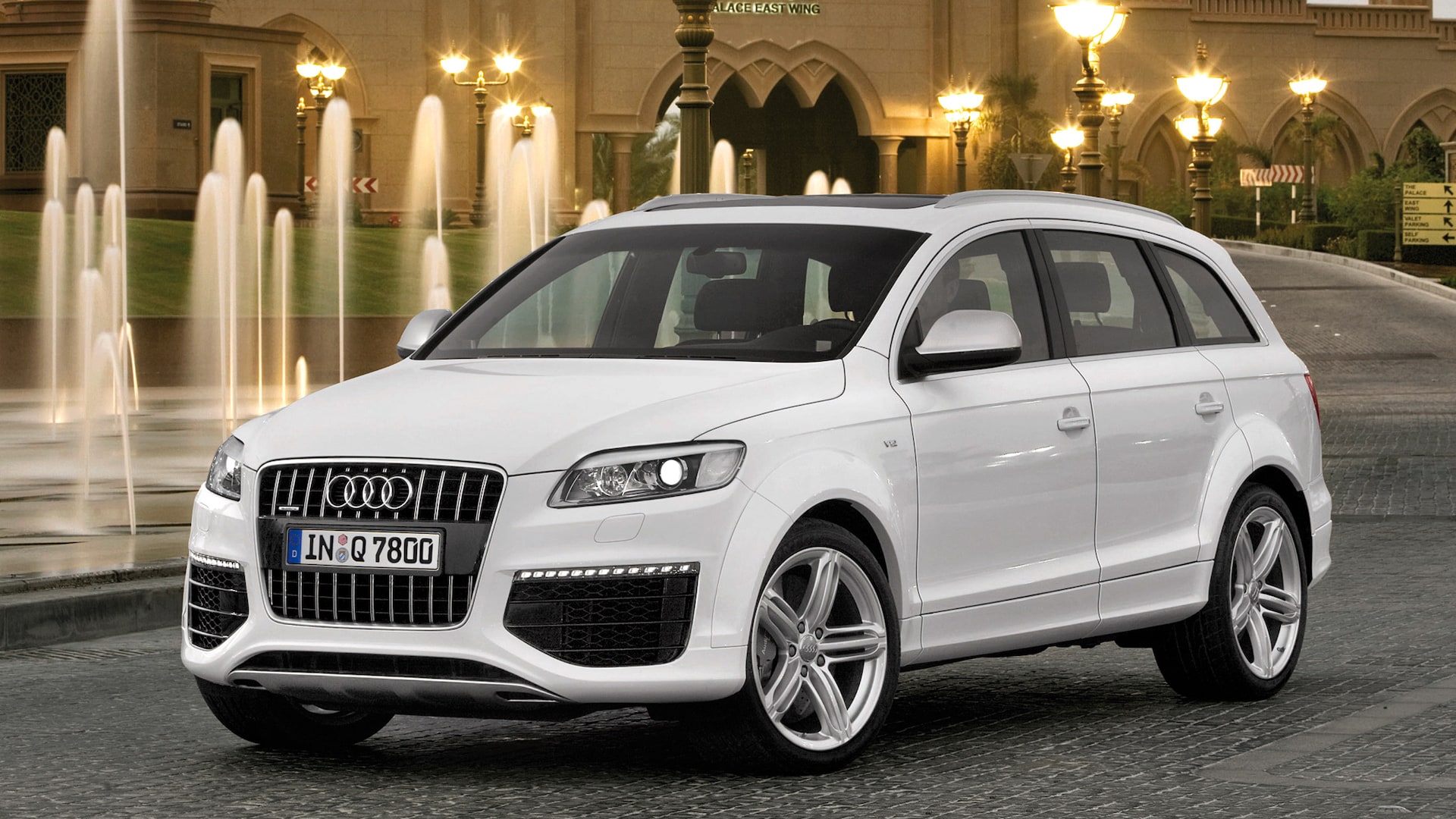
2008 Audi Q7 V12 TDI
© AudiAudi wasted no time in using its successful Le Mans technology to create the world’s most powerful diesel SUV. Designed with North America in mind, the 6.0-litre turbocharged V12 diesel was capable of producing 500hp and 738lb ft of torque. Although the Q7’s engine was technically unrelated to the one in the Le Mans racer, it was almost as powerful.
With 0-62mph taking 5.5 seconds, plus a top speed of 155mph, the Q7 V12 made for a fuel-efficient way to terrify six passengers. At least huge carbon ceramic brakes came as standard.
Sadly for Audi, the Q7 V12 TDI’s launch coincided with the start of the 2008 global financial crash, and meant the epic diesel SUV never made it to North America.
-
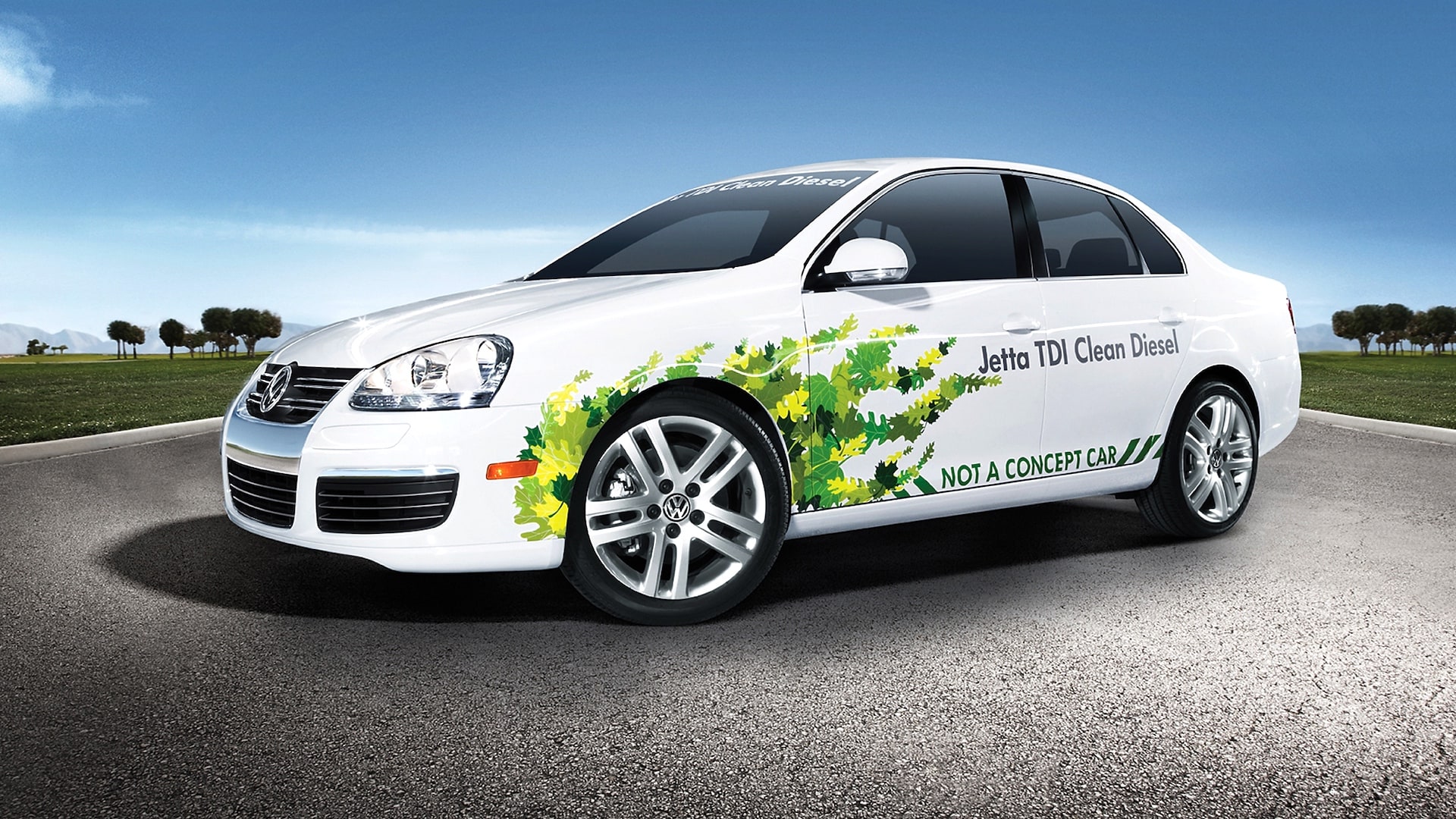
2009 Volkswagen Jetta TDI Clean Diesel
© VWThe 2008 Los Angeles Auto Show saw the Volkswagen Jetta TDI Clean Diesel model named as the ‘2009 Green Car of the Year’. A panel of nine automotive judges crowned the Jetta for its low emissions, high fuel economy and strong performance.
The reality, of course, was that the 2009 model year of Volkswagen’s ‘Clean Diesel’ Jetta and Golf were fitted with defeat devices to appear to comply with emissions testing. Levels of nitrogen oxide emissions were up to 40 times higher in real-world use, leading eventually to the ‘dieselgate’ scandal.
It took until 2015 for Volkswagen’s defeat devices to be discovered, with a total of 11 million vehicles around the world implicated. Substantial fines and penalties would follow, along with a rapid decline in demand for diesel models. The 2009 Green Car of the Year award was rescinded, too.
-
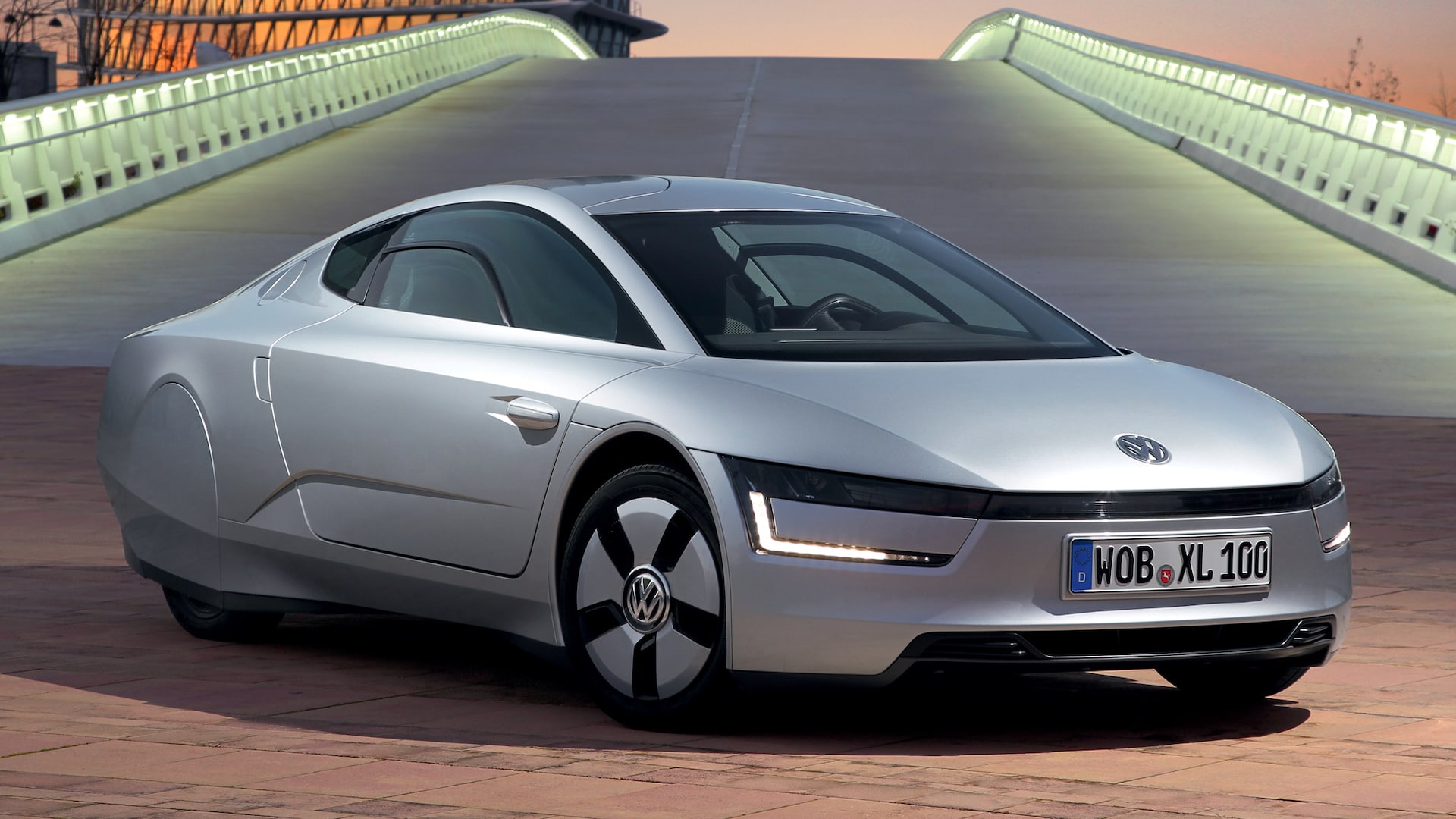
2013 Volkswagen XL1
© VWVolkswagen began experimenting with an ultra-efficient diesel concept car as far back as 2002, creating a one-off prototype for then-chairman Ferdinand Piech. Refined through several versions, Volkswagen finally revealed a production-ready XL1 at the 2013 Geneva Motor Show.
Its 800cc two-cylinder diesel engine was combined with an electric motor for a combined output of 69hp. A supercar-esque aerodynamic body shape, low rolling resistance tyres and lightweight construction contributed to some lofty fuel economy figures.
On diesel power alone, the XL1 could average up to 140mpg, while the hybrid powertrain allowed for 310mpg. A total of 250 examples were produced, priced at more than £110,000 each.
-
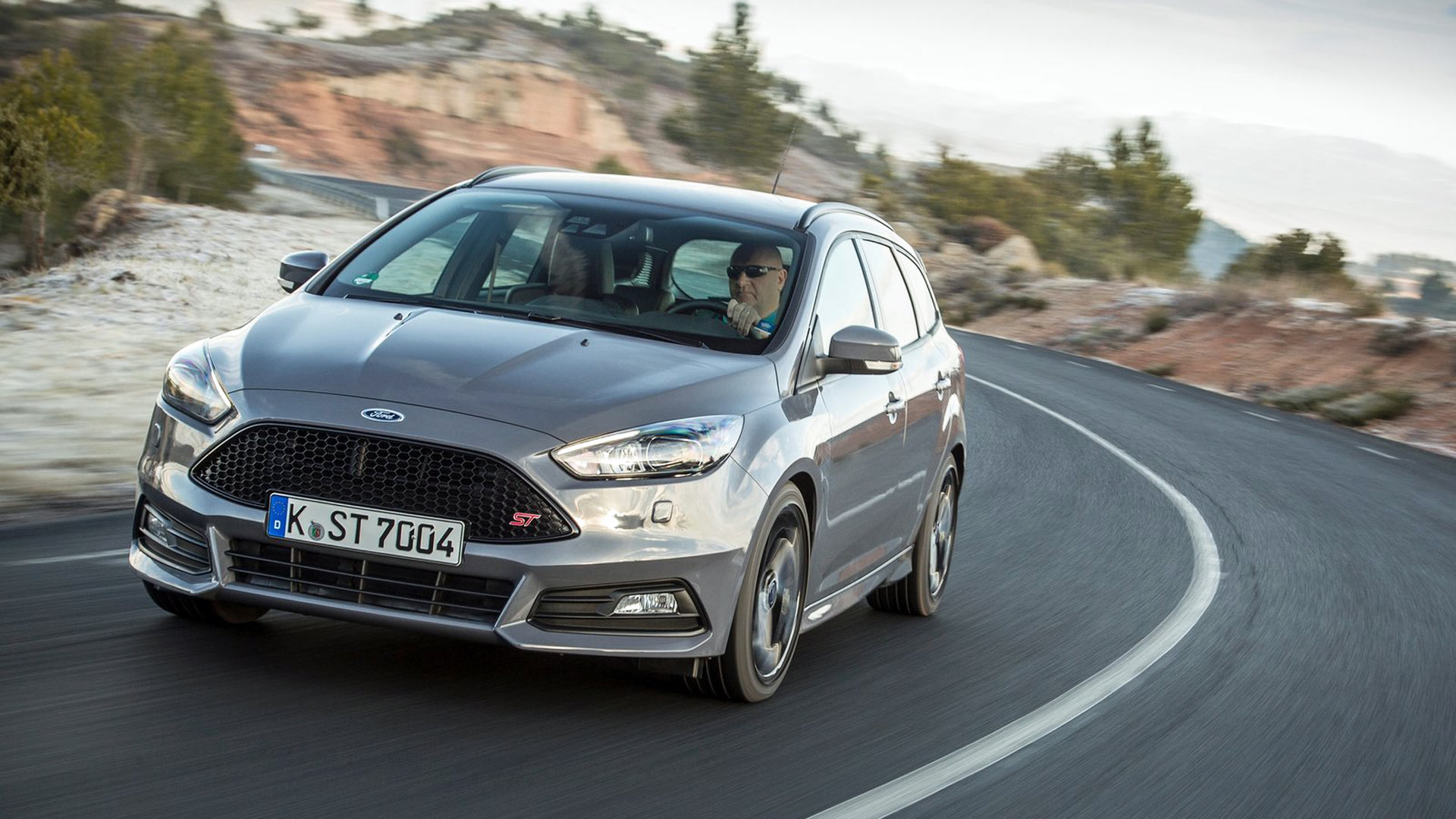
2015 Ford Focus ST TDCi
© FordWith the diesel craze seemingly at its peak, and just before the dieselgate crash, Ford added a fleet-manager-pleasing option to the Ford Focus ST in 2015. Alongside the sonorous 250hp five-cylinder turbo petrol engine, enthusiasts could now choose a 2.0-litre diesel ST.
The 185hp TDCi four-cylinder diesel could not match the petrol version for power, or indeed noise, but it certainly made up for that with fuel efficiency. Being able to hit more than 61mpg in the diesel was the reward, while the petrol version struggled to achieve 40mpg.
Ford’s diesel Focus ST continued with the launch of a fourth-generation version in 2019, but was quietly dropped as part of a facelift in 2022.
-
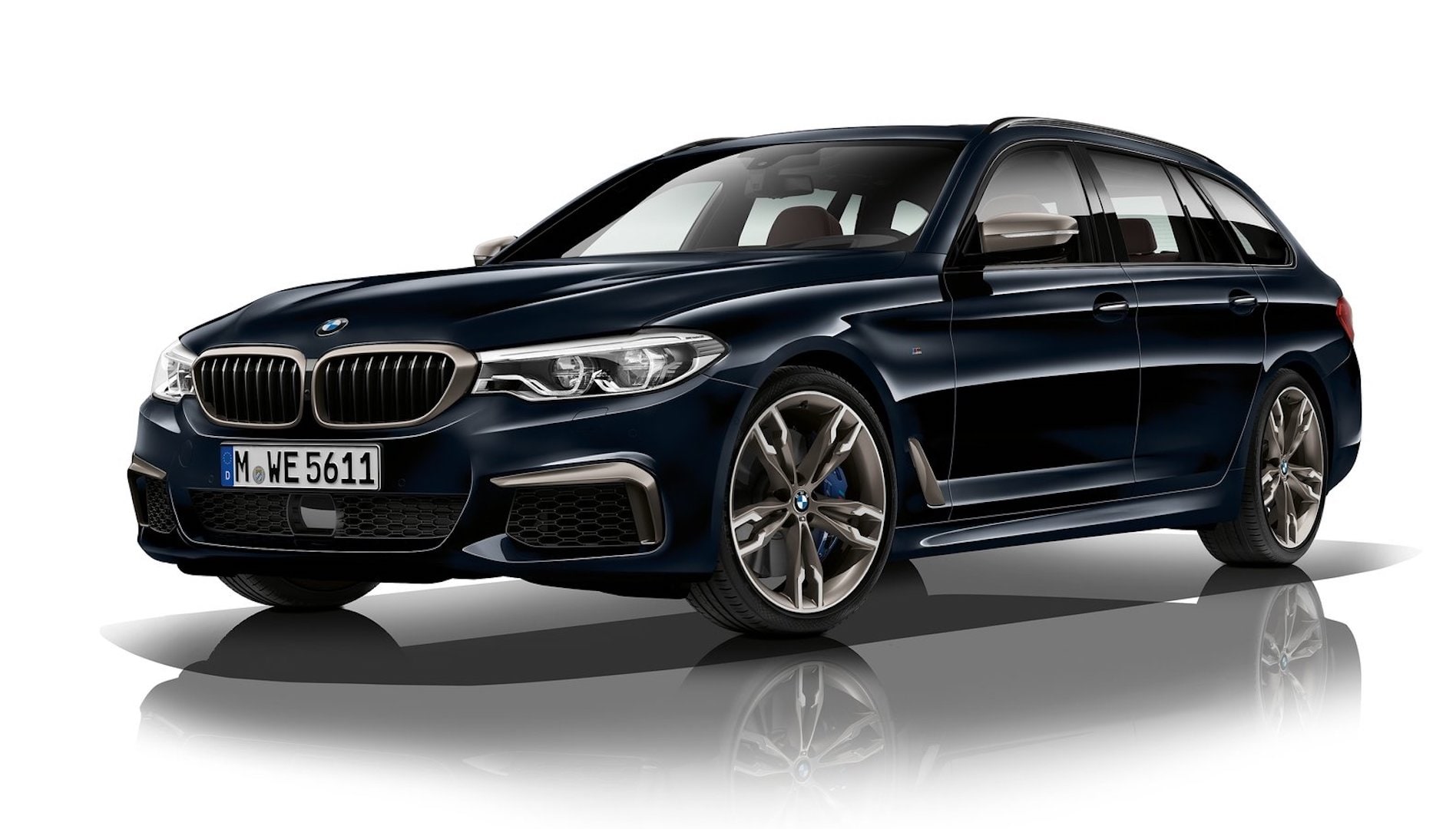
2017 BMW M550d xDrive Touring
© BMWFrom a peak market share of almost 50 percent in 2016, demand for diesel cars had dropped by 85 percent by 2022. For manufacturers with diesel-powered models already in development, they faced a tricky decision.
However, BMW continued to invest in diesel performance, including the quad-turbocharged M550d version of the 5 Series. The 3.0-litre six-cylinder engine generated 400hp, combined with 561lb ft of torque, all managed by BMW’s xDrive all-wheel-drive system.
The 0-62mph sprint was dispatched in 4.4 seconds for the saloon, or 4.6 seconds for the Touring estate. Yet all this came with official fuel economy of up to 48mpg.
-
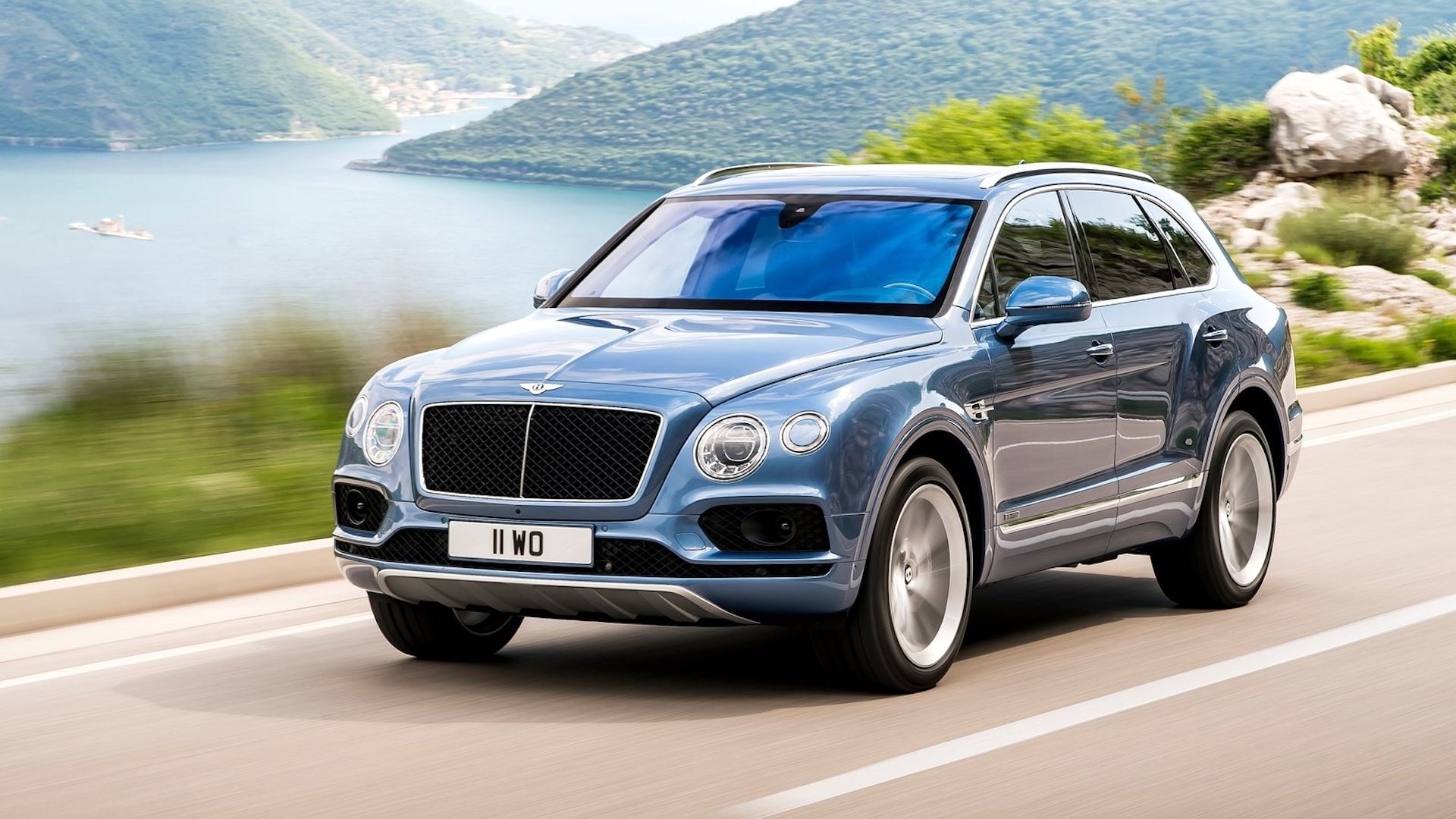
2017 Bentley Bentayga Diesel
© BentleySuggesting that nothing is truly sacred in the automotive world, the Bentley Bentayga SUV gained a twin-turbocharged 4.0-litre V8 diesel engine in 2017. Shared with a variety of other Volkswagen Group products, here it delivered a mighty 435hp and 664lb ft of torque.
Bentley made a discernible effort to tune the diesel engine for greater refinement, along with adding extra sound deadening to muffle any hint of clatter. Accelerating from 0-62mph required just 4.8 seconds, with the Bentayga Diesel able to cover more than 600 miles on a full tank.
Market forces meant Bentley quietly dropped the diesel option for European customers in late 2018.
-
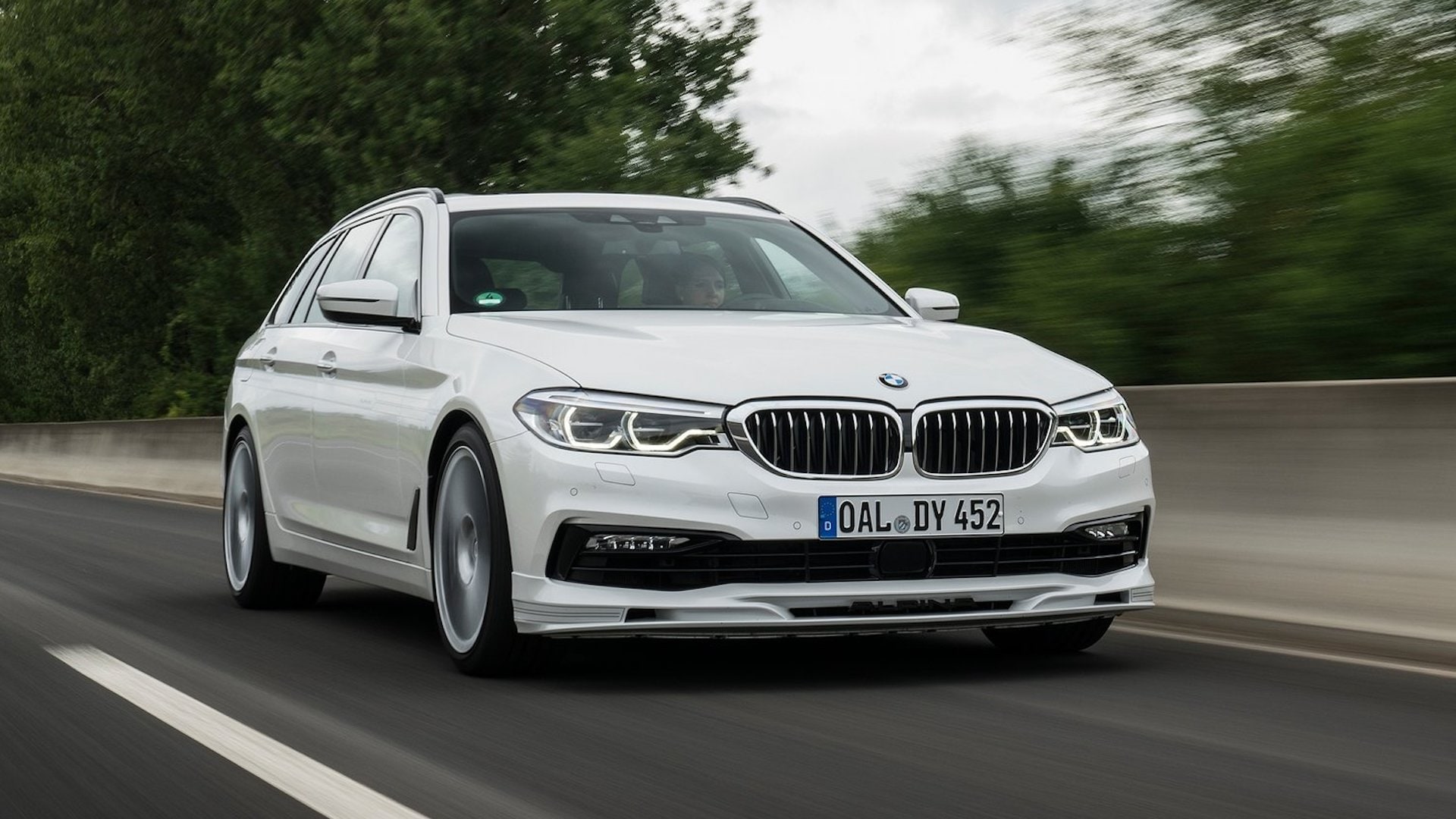
2018 Alpina D5 S Touring
© AlpinaWe could have included any number of Alpina models on this list, as the German company has created numerous performance diesels since the turn of the century. But we have picked the most recent D5 S, based on the G30-generation BMW 5 Series.
The D5 S uses the same 3.0-litre turbocharged six-cylinder engine as found in the regular BMW 530d. In left-hand-drive, Alpina’s trickery boosts the diesel to 383hp and 590lb ft of torque, thanks to a tri-turbo setup. Those in the UK were limited to just two turbochargers, however, and made do with only 322hp and 516lb ft.
Regardless of the number of turbochargers fitted, the D5 S was still capable of more than 170mph.
-
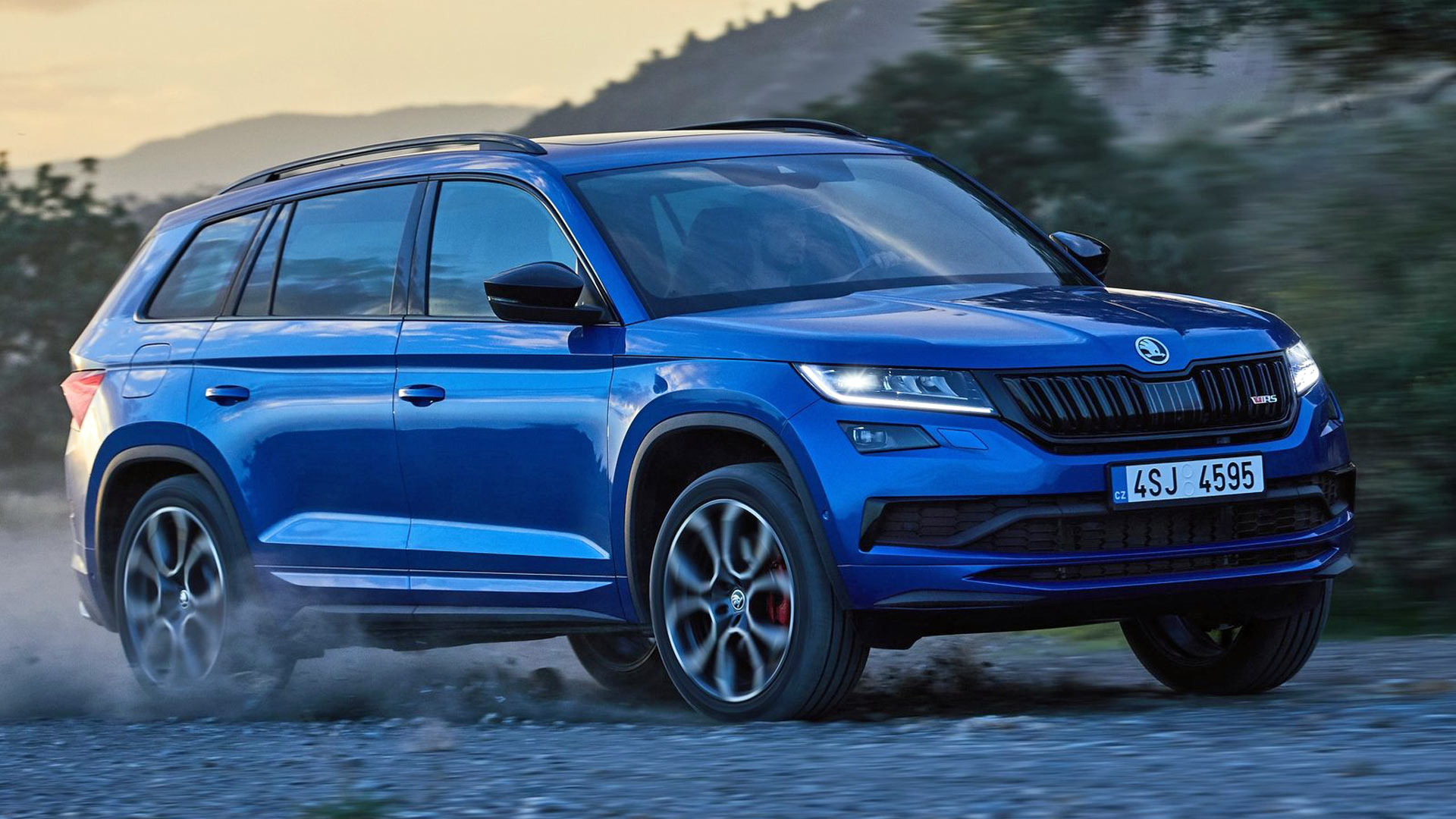
2019 Skoda Kodiaq vRS
© SkodaThe Skoda Kodiaq made a bold statement for the Czech brand when first launched, particularly with the addition of a performance vRS version.
With a 240hp turbocharged 2.0-litre engine, it became the most powerful diesel in Skoda history, capable of lapping the Nurburgring Nordschleife circuit in less than 9min 30sec. Yet it could still average over 35mpg.
As an indication of the way the wind was blowing, Skoda dropped the diesel engine when updating the Kodiaq vRS in 2021. A 245hp turbocharged petrol engine, as used in the Volkswagen Golf GTI, became the new weapon of choice, albeit with a noticeable decrease in fuel economy.
-
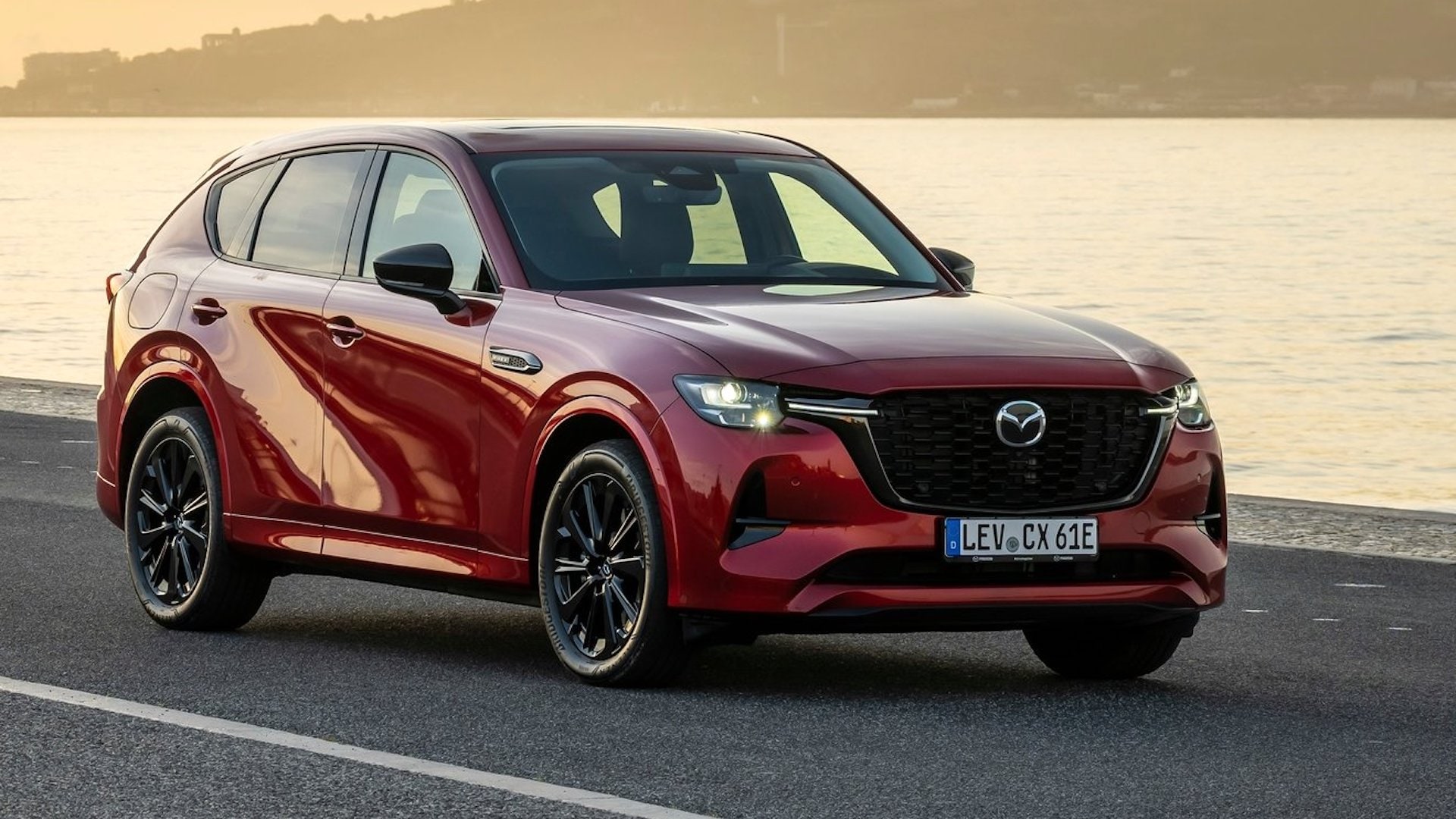
2022 Mazda CX-60 Skyactiv-D
© MazdaMazda is known for doing things differently when it comes to engines, having experimented with rotary power and its clever Skyactiv petrol engines. It’s perhaps no surprise, then, that as other manufacturers move away from diesel, Mazda has made it a key part of its engine range for the CX-60 SUV.
Although the CX-60 initially came with a plug-in hybrid petrol engine, a 3.3-litre turbocharged six-cylinder diesel was quickly added to price lists. Mazda believes it to be one of the cleanest diesel engines ever made, with the potential to deliver up to 54mpg via mild-hybrid technology.
The most powerful diesel CX-60 delivers 254hp and 406lb ft of torque, along with the added boost from an electric motor. It proves that diesel is not dead for passenger cars just yet.
-
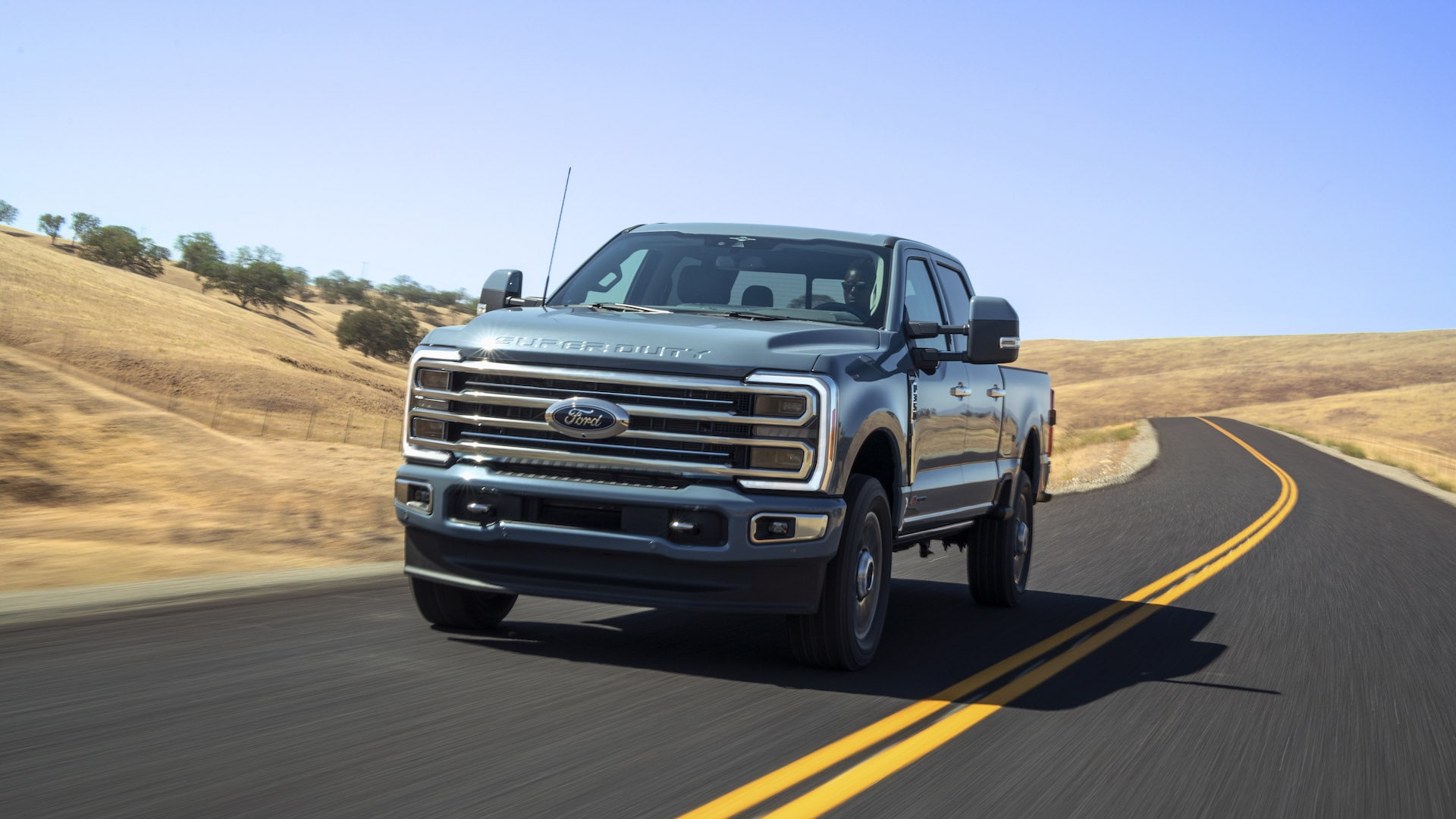
2023 Ford F-Series Super Duty Power Stroke
© FordAs more manufacturers move away from diesel power for mainstream use, others are still embracing it to get the job done. In particular, Ford has tuned its 6.7-litre turbocharged V8 Power Stroke engine to give class-leading horsepower and torque.
Available for the F-Series Super Duty range of pickup trucks in the USA, the Power Stroke diesel generates a colossal 500hp, plus a truly epic 1,200lb ft of torque. All of this means that, depending on the options chosen, the F-Series can tow trailers weighing more than 18,000kg.
For now, no petrol-powered or electric pickup truck can come close to the Super Duty diesel’s sheer towing ability.